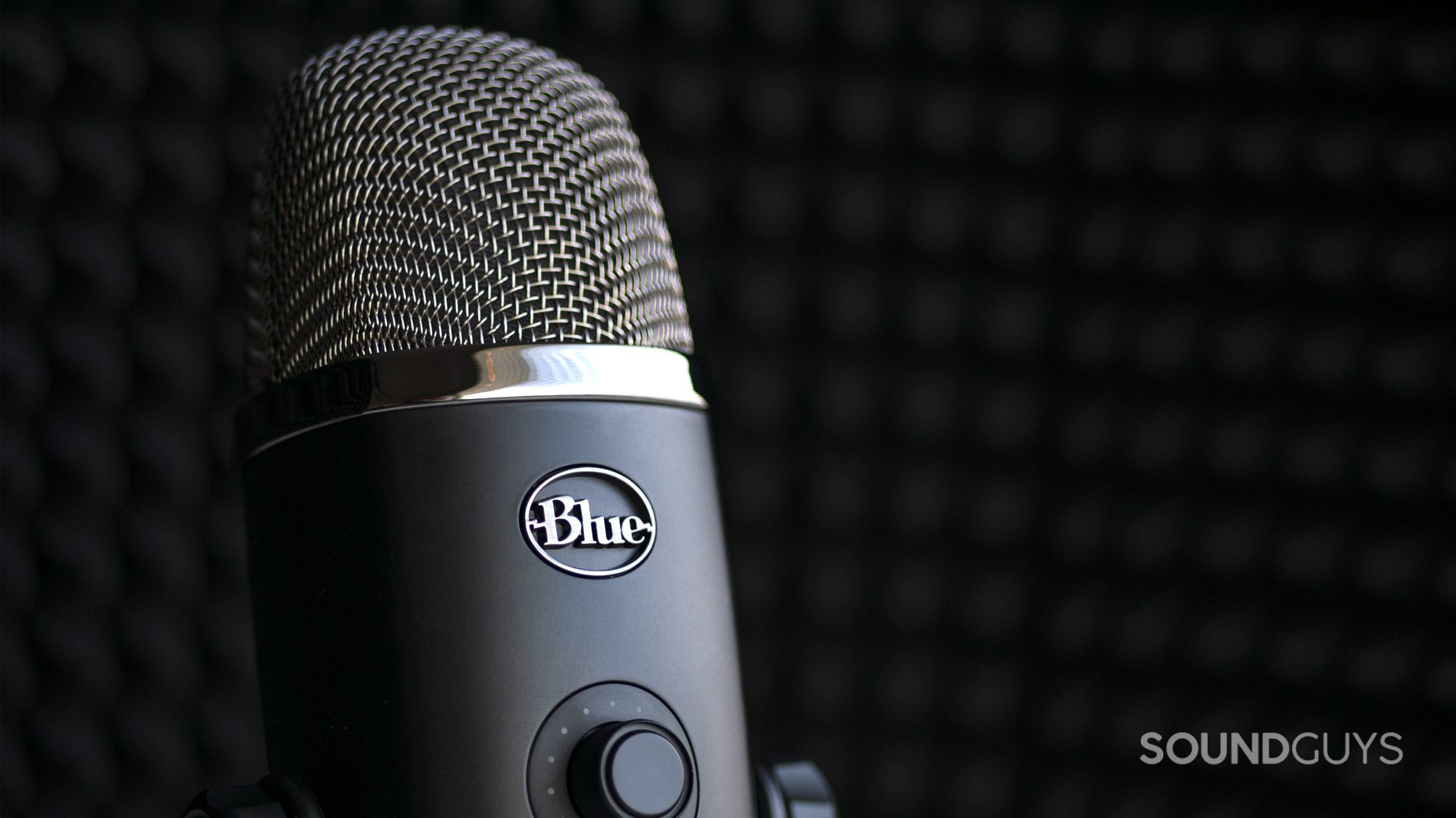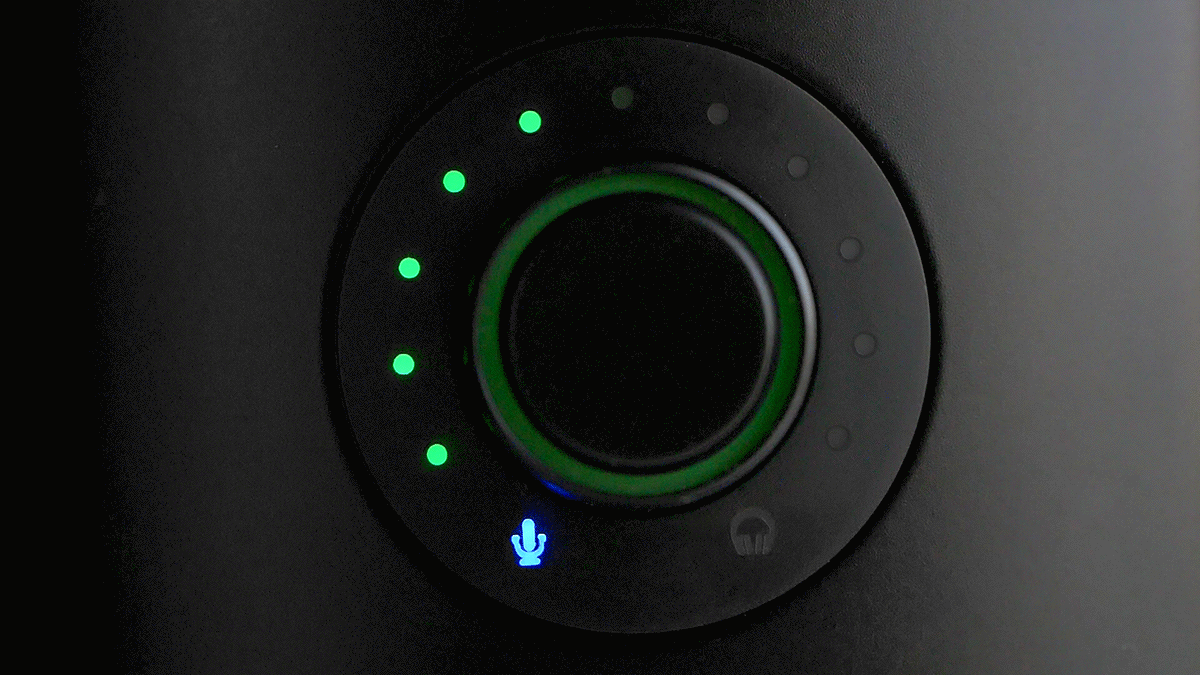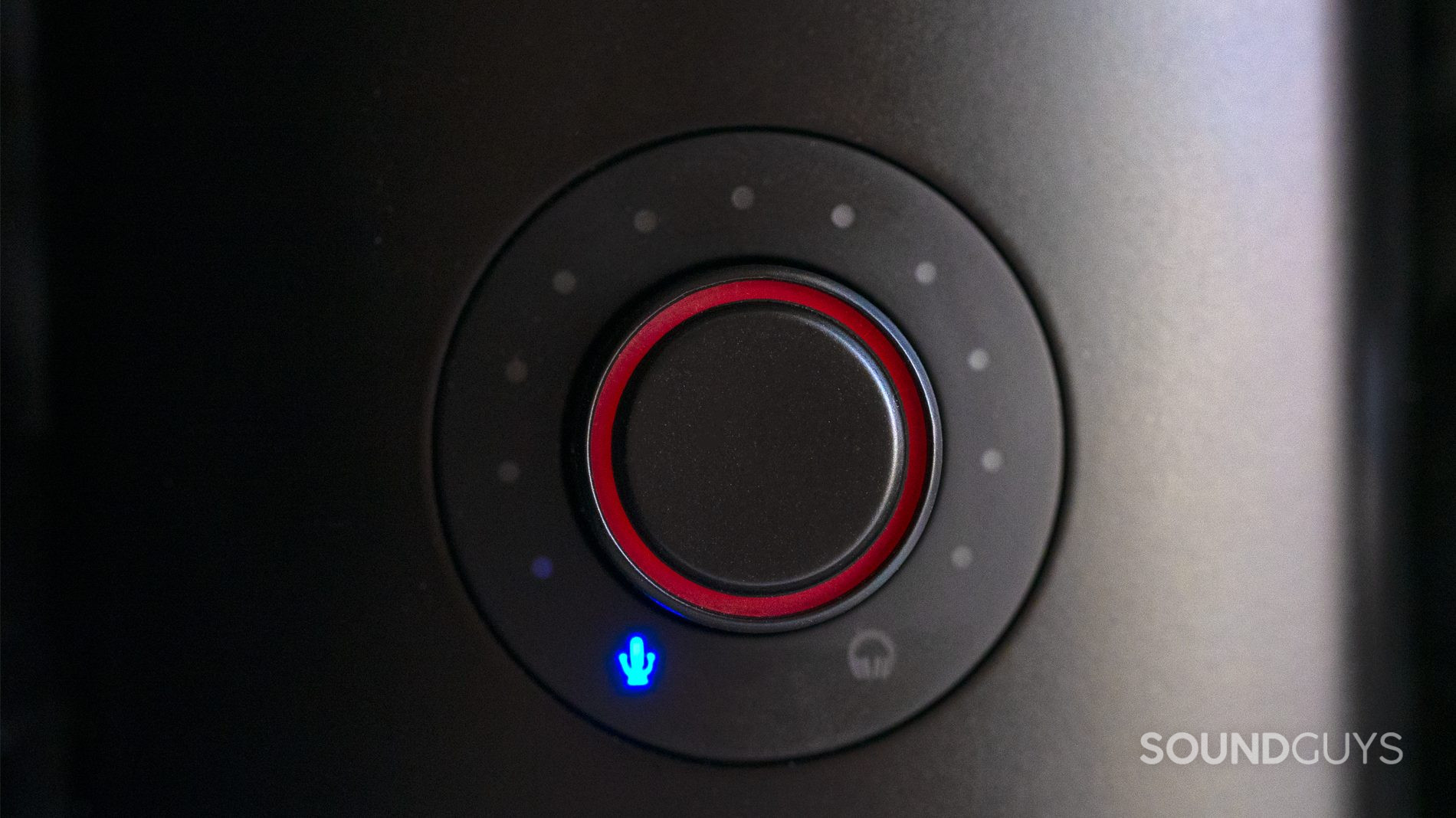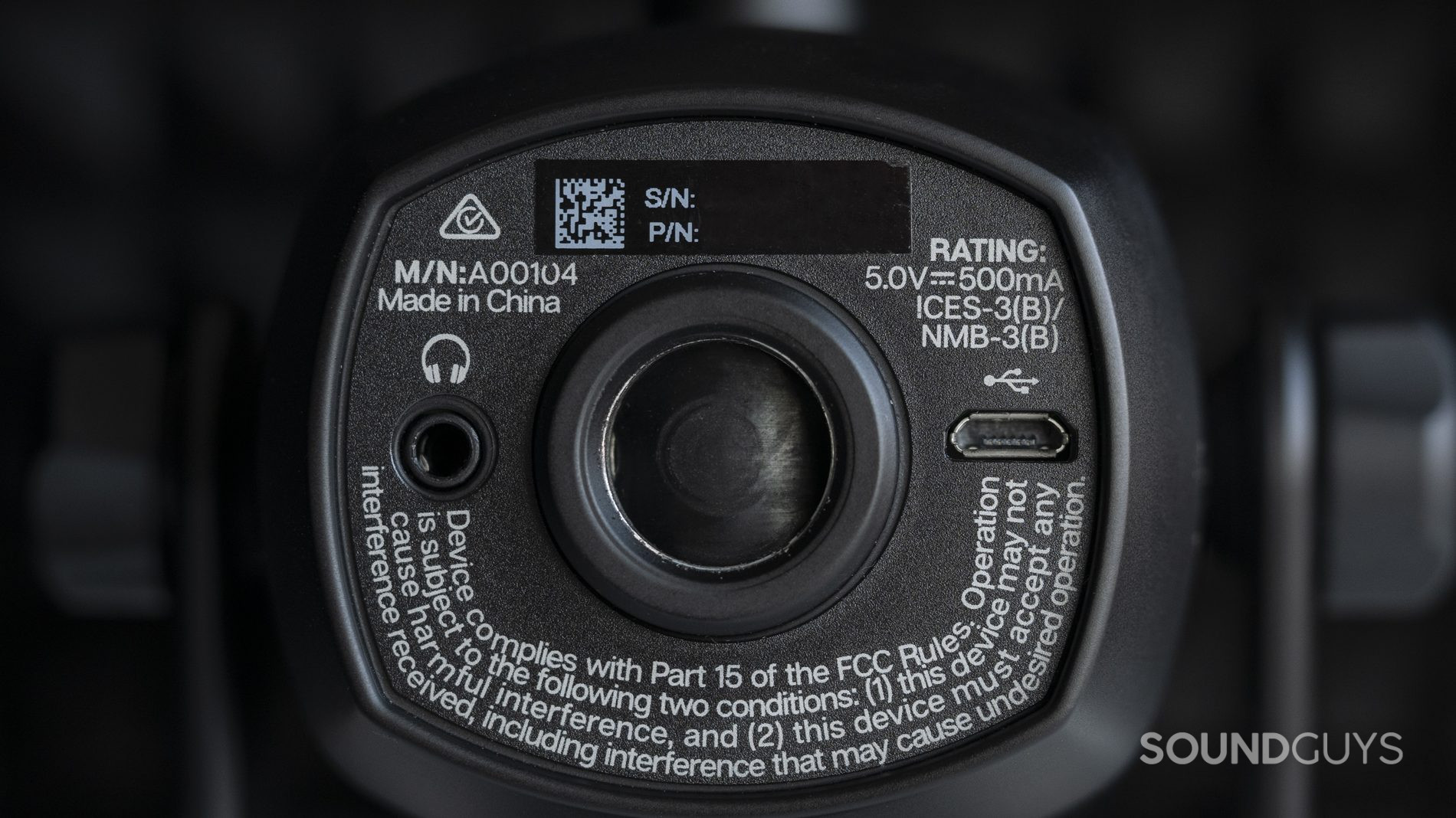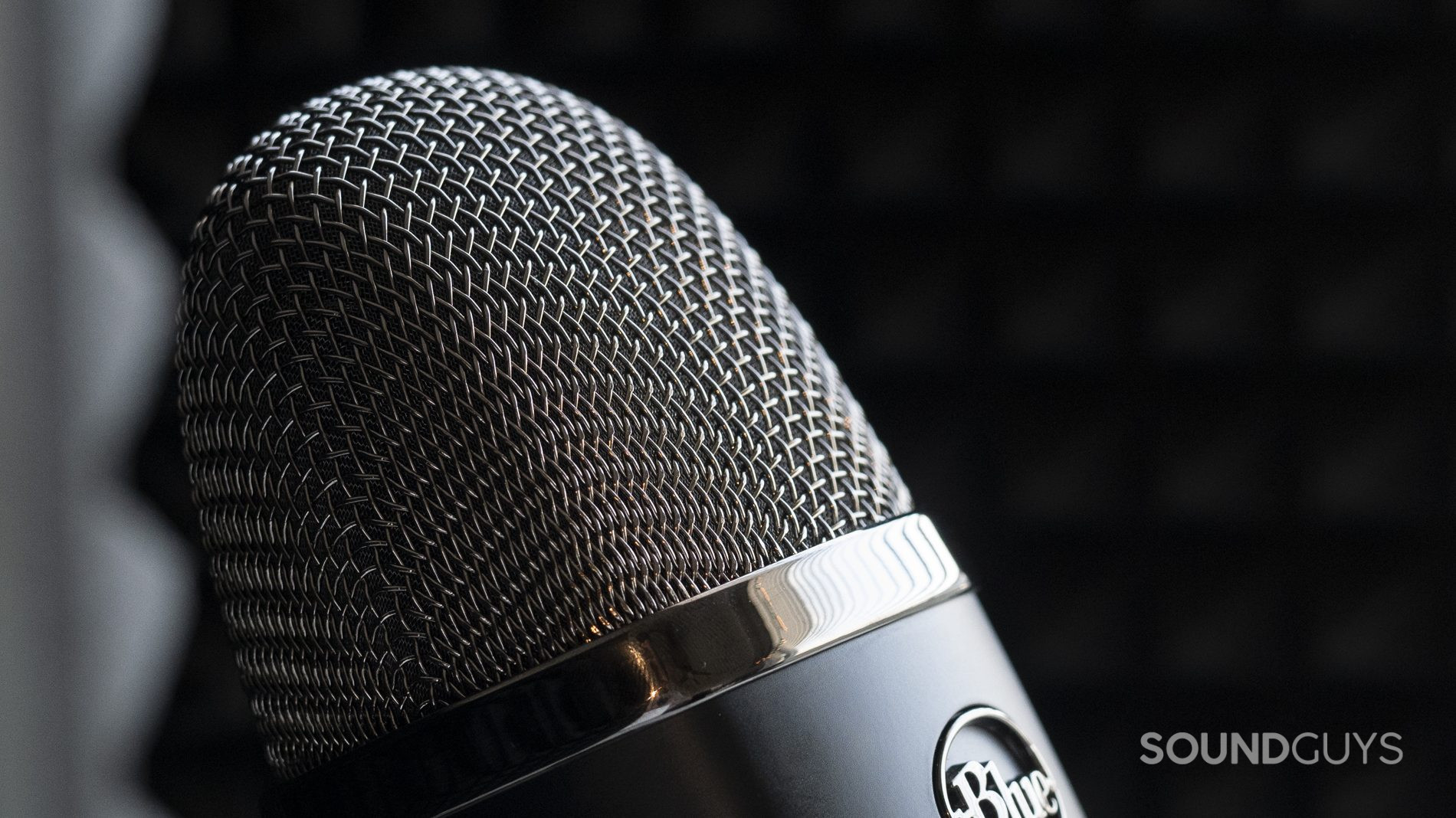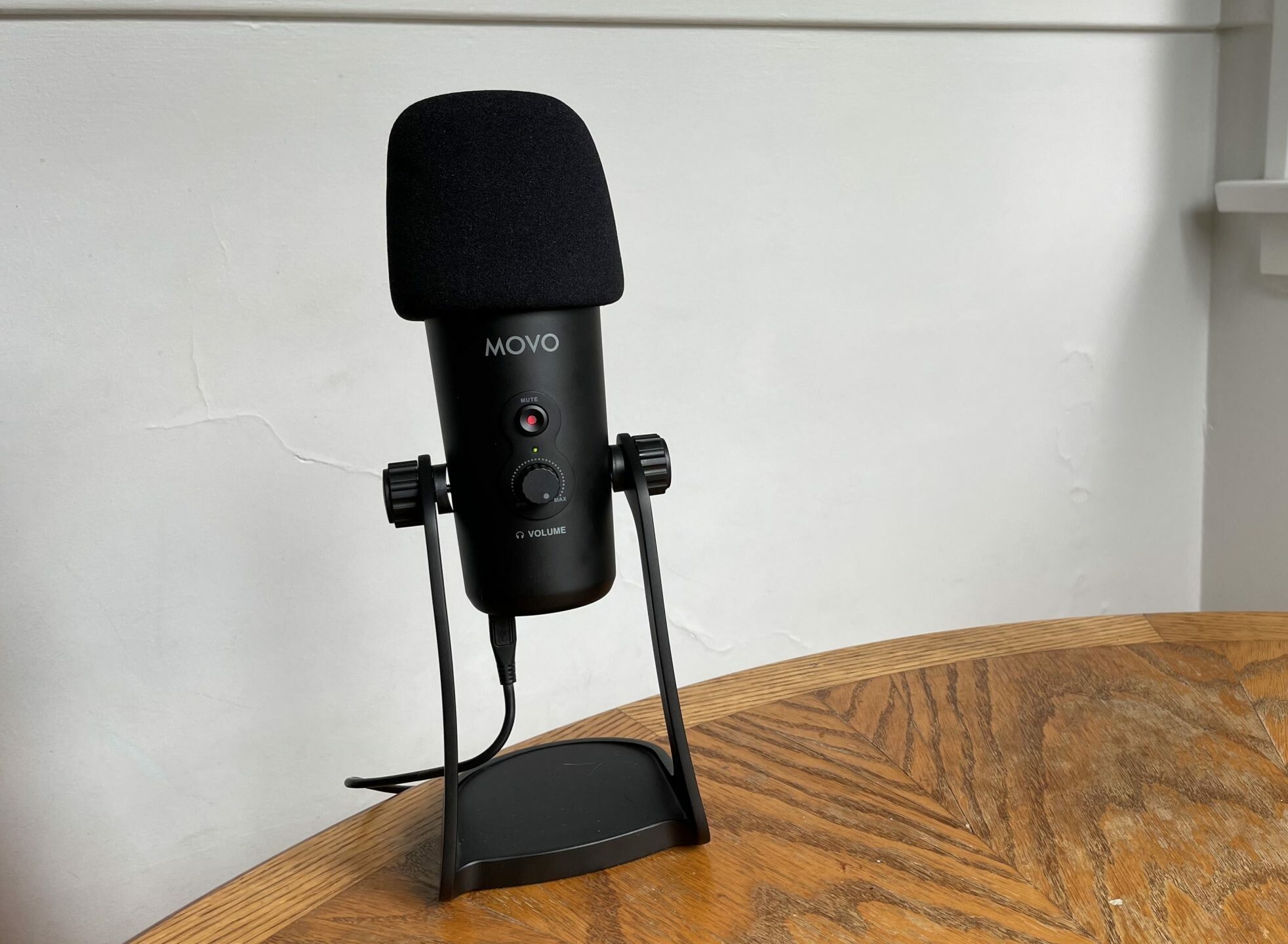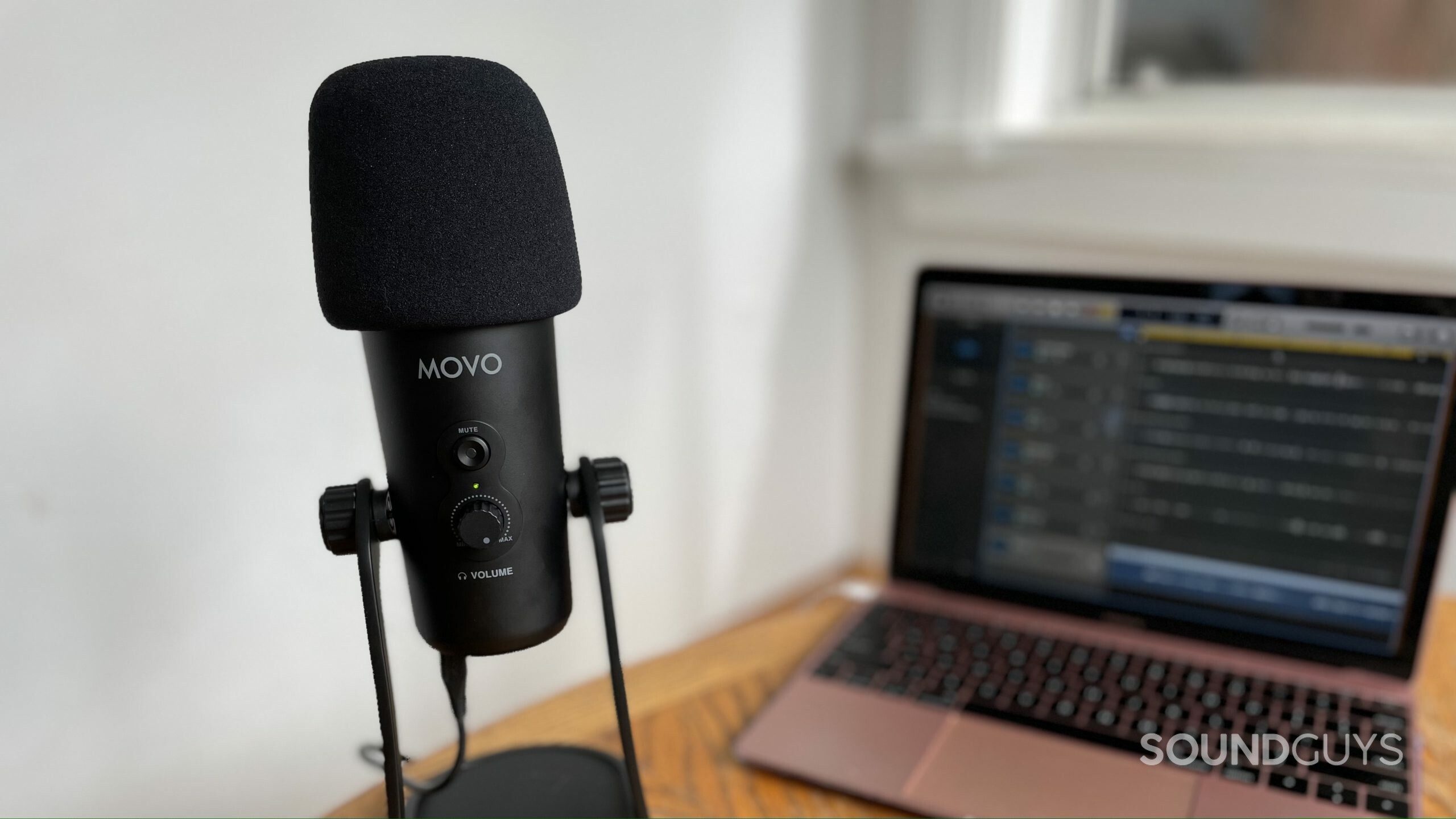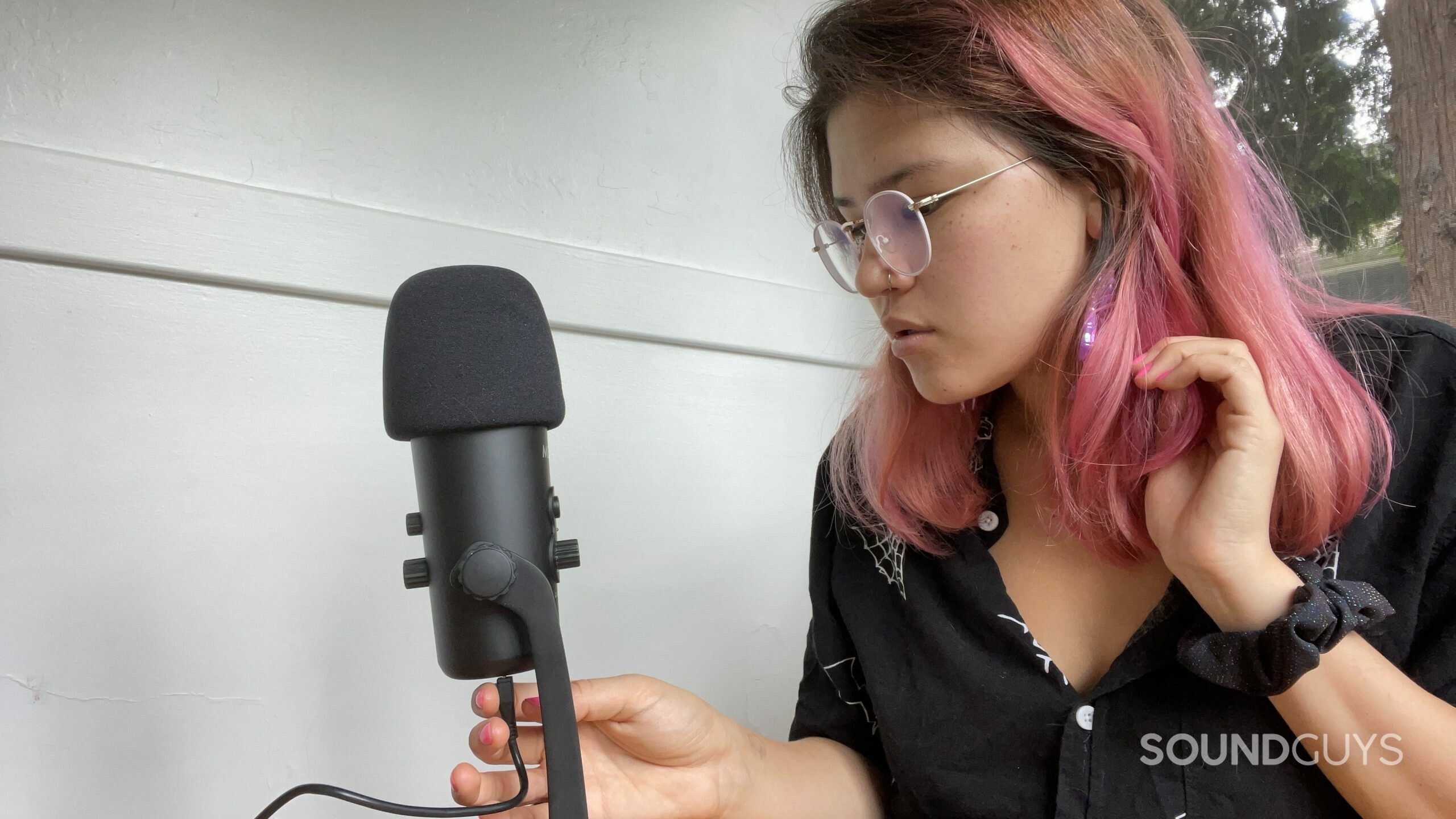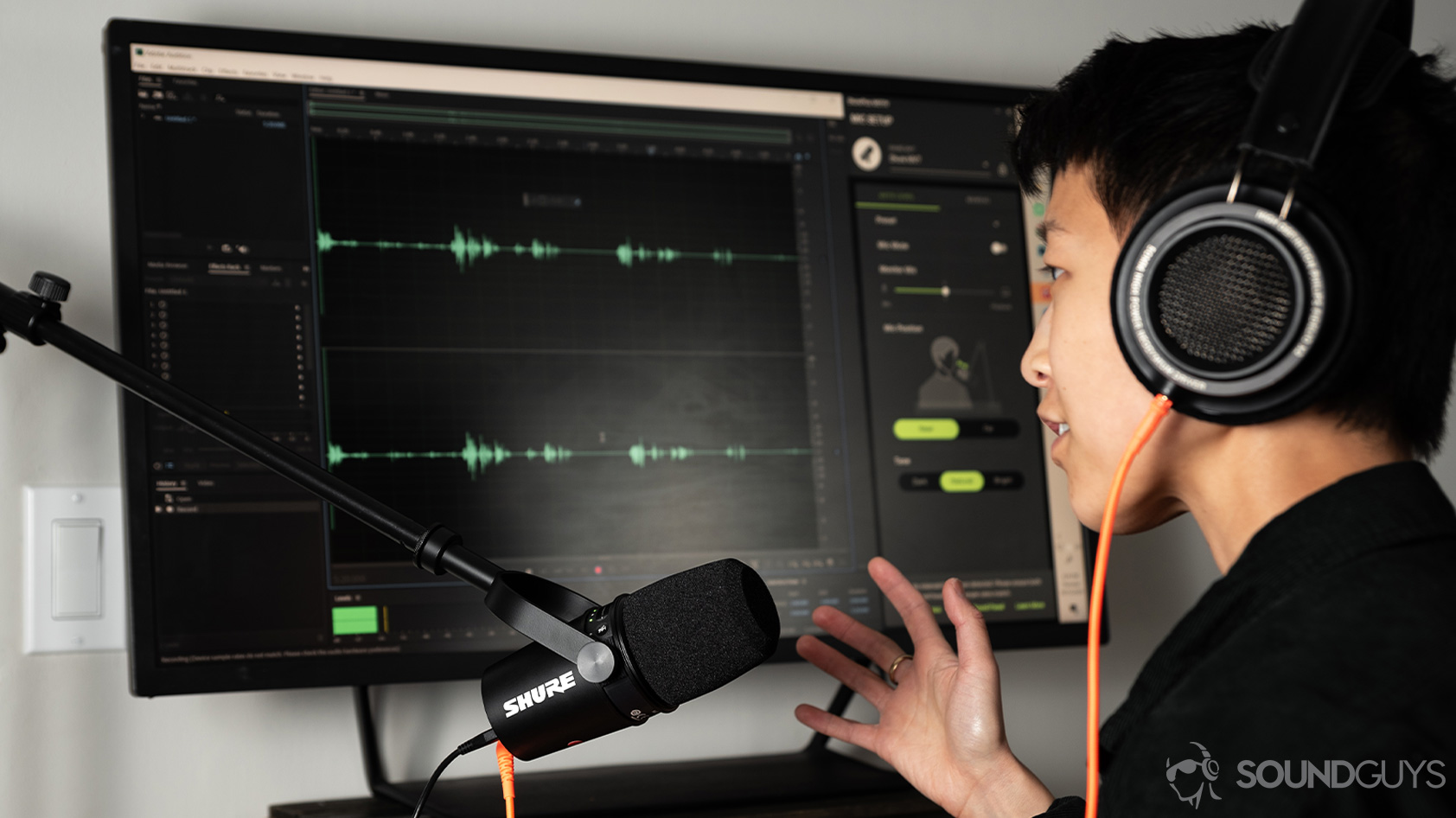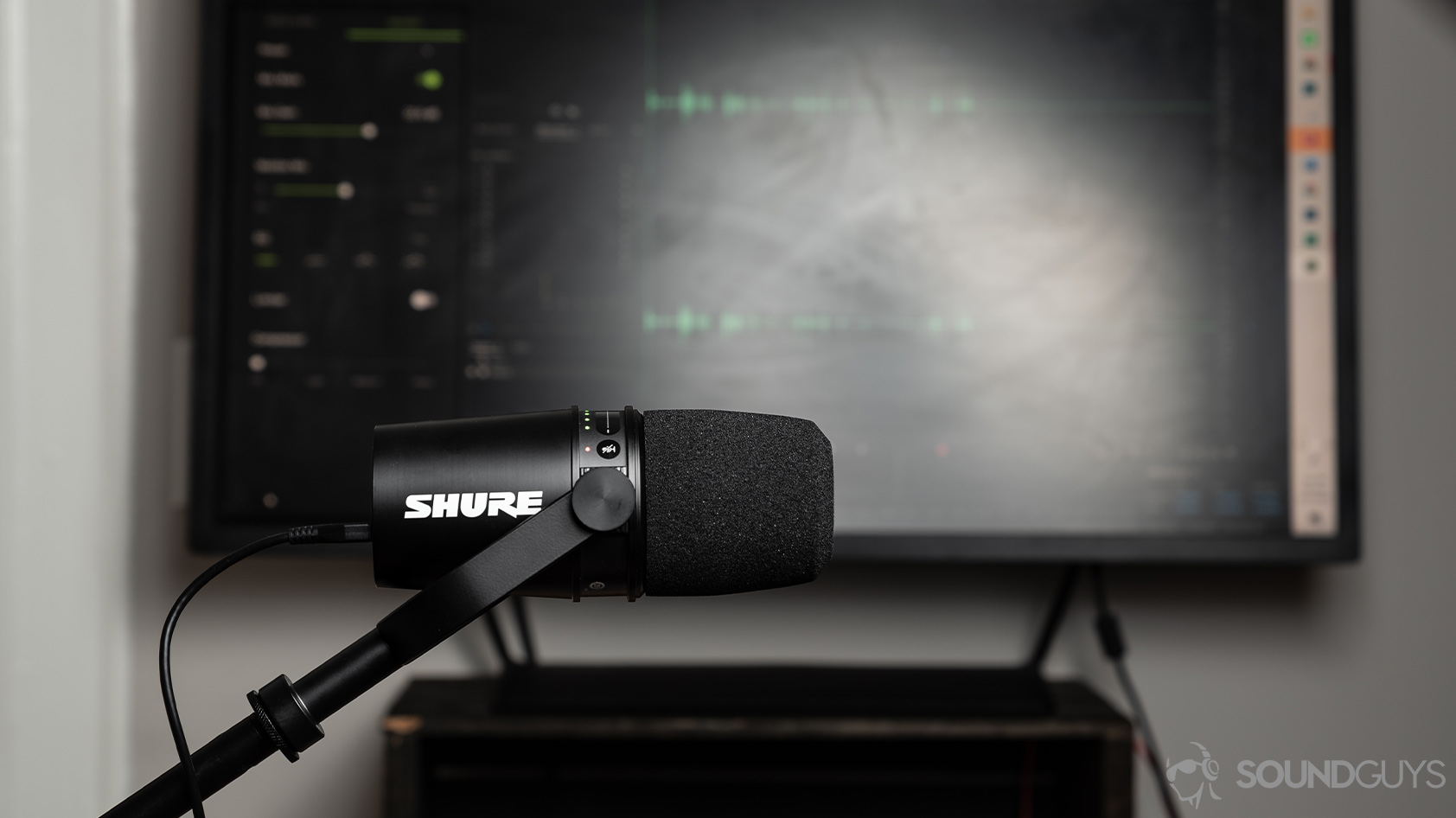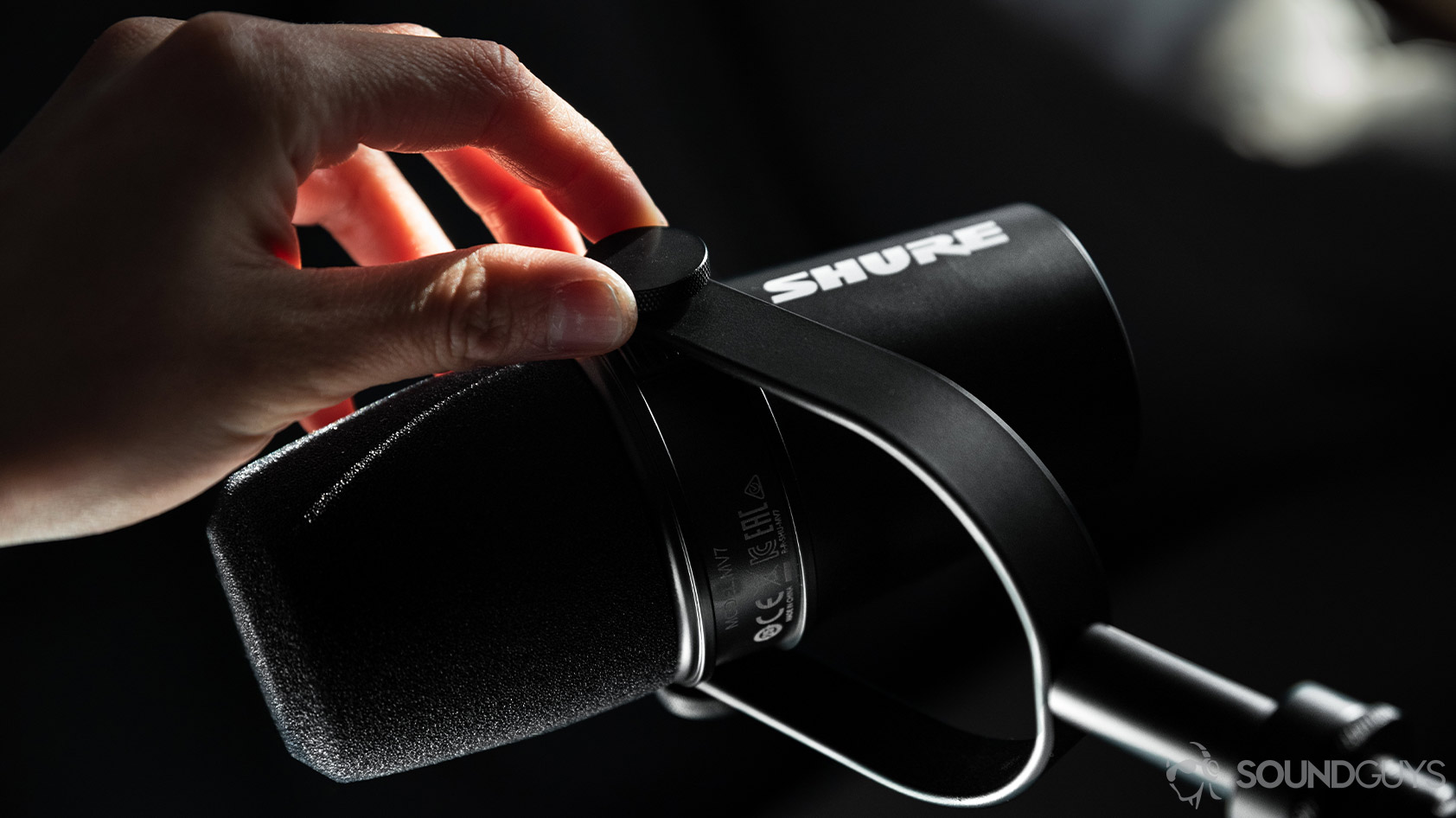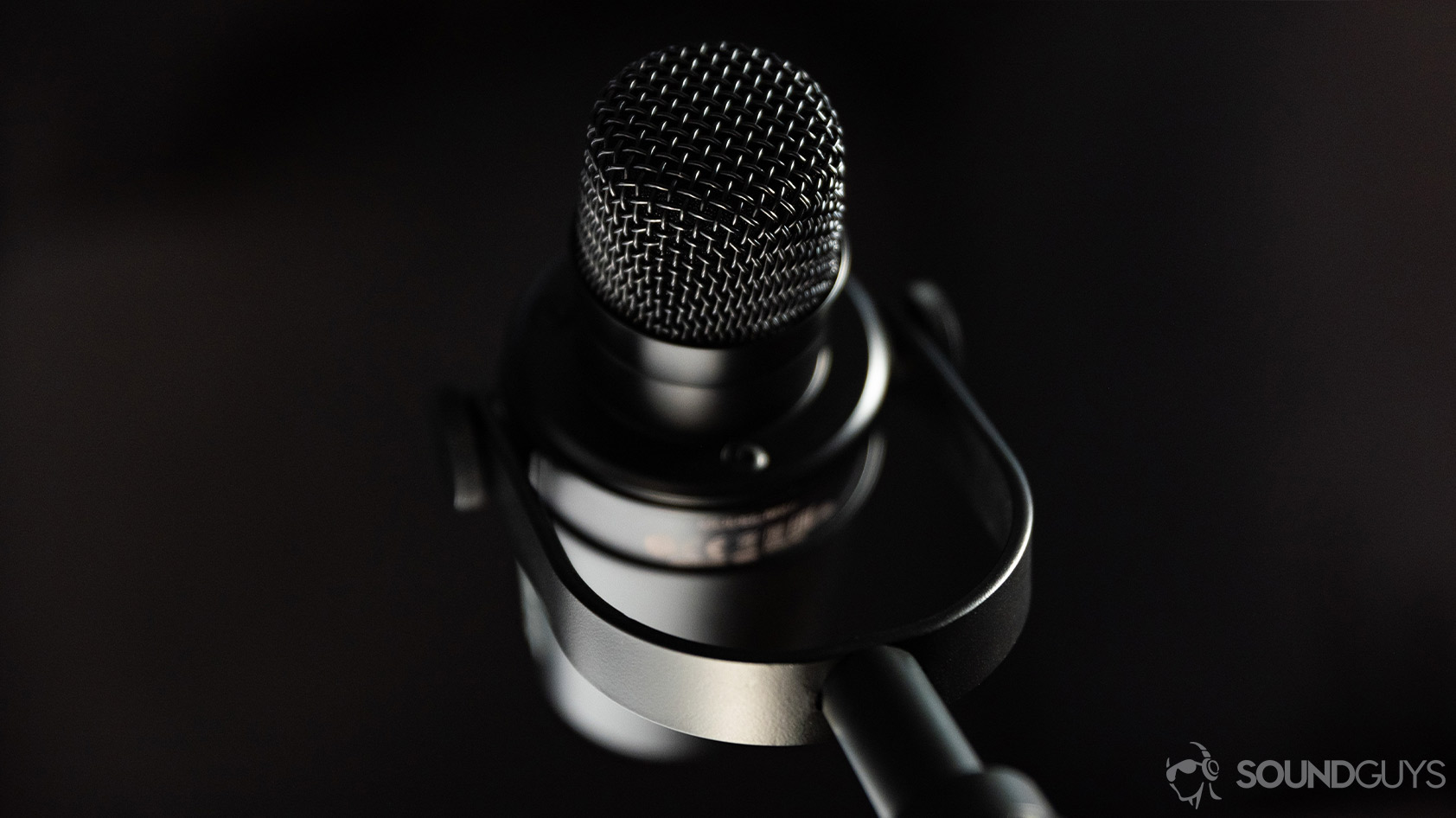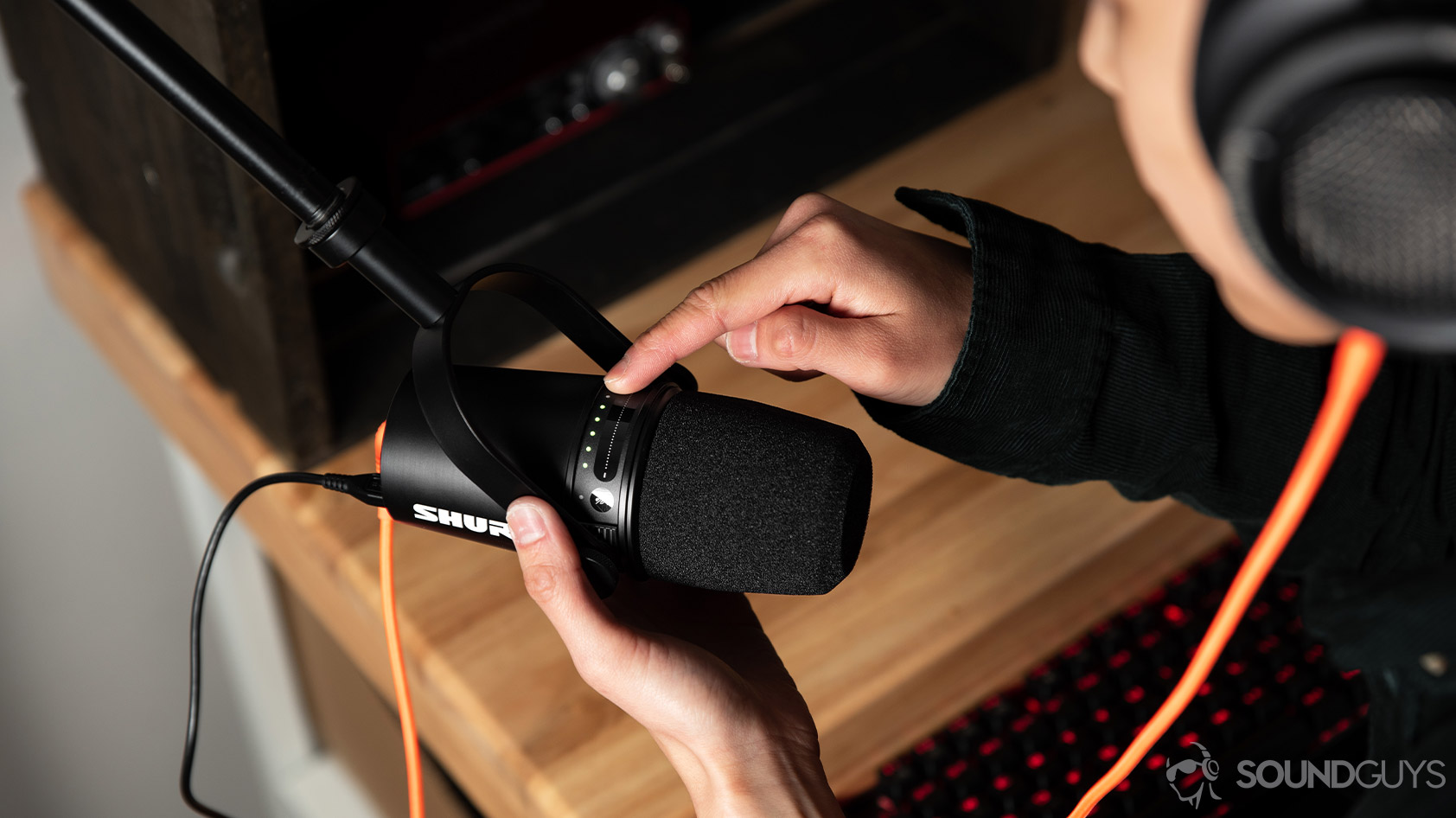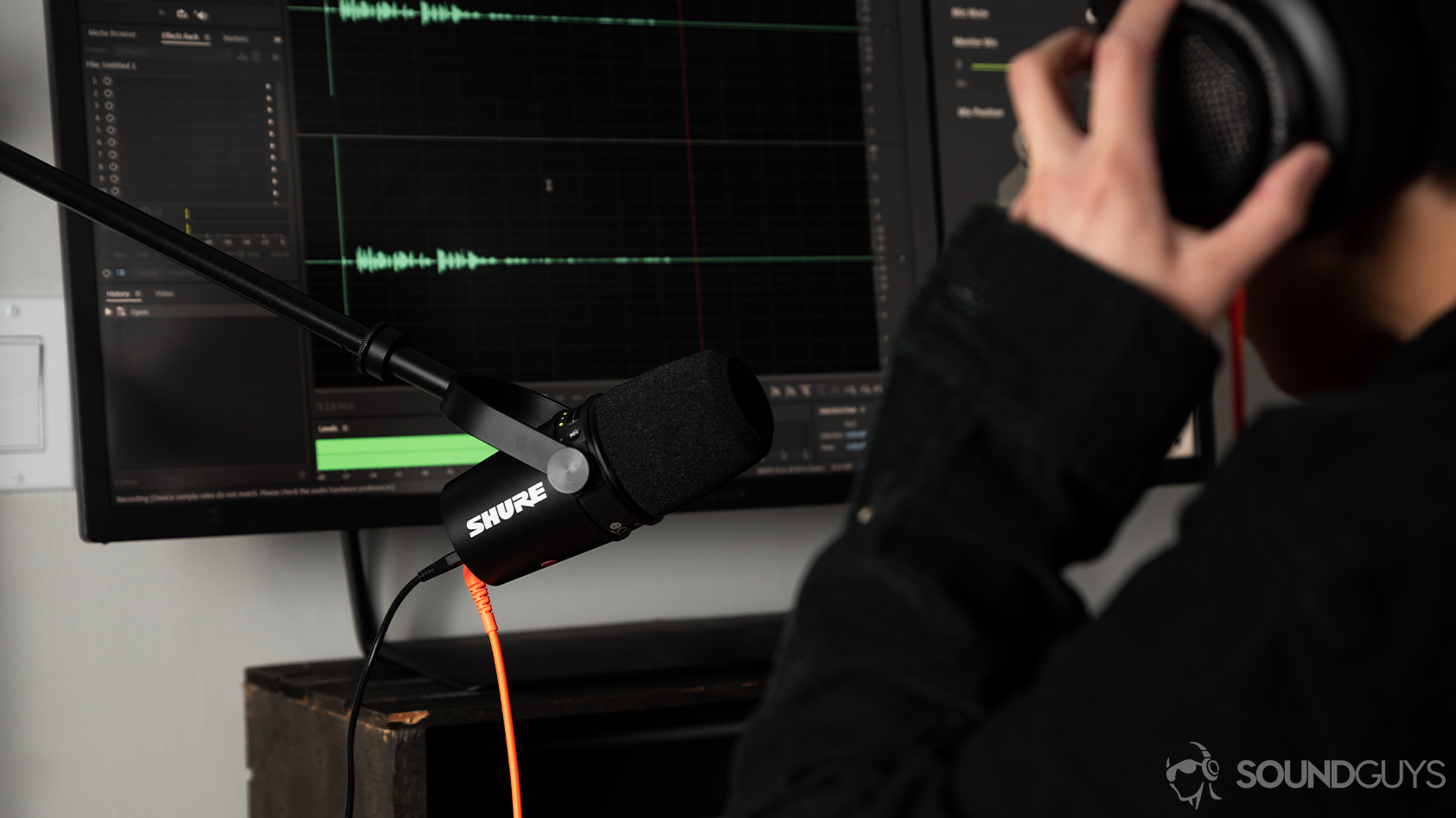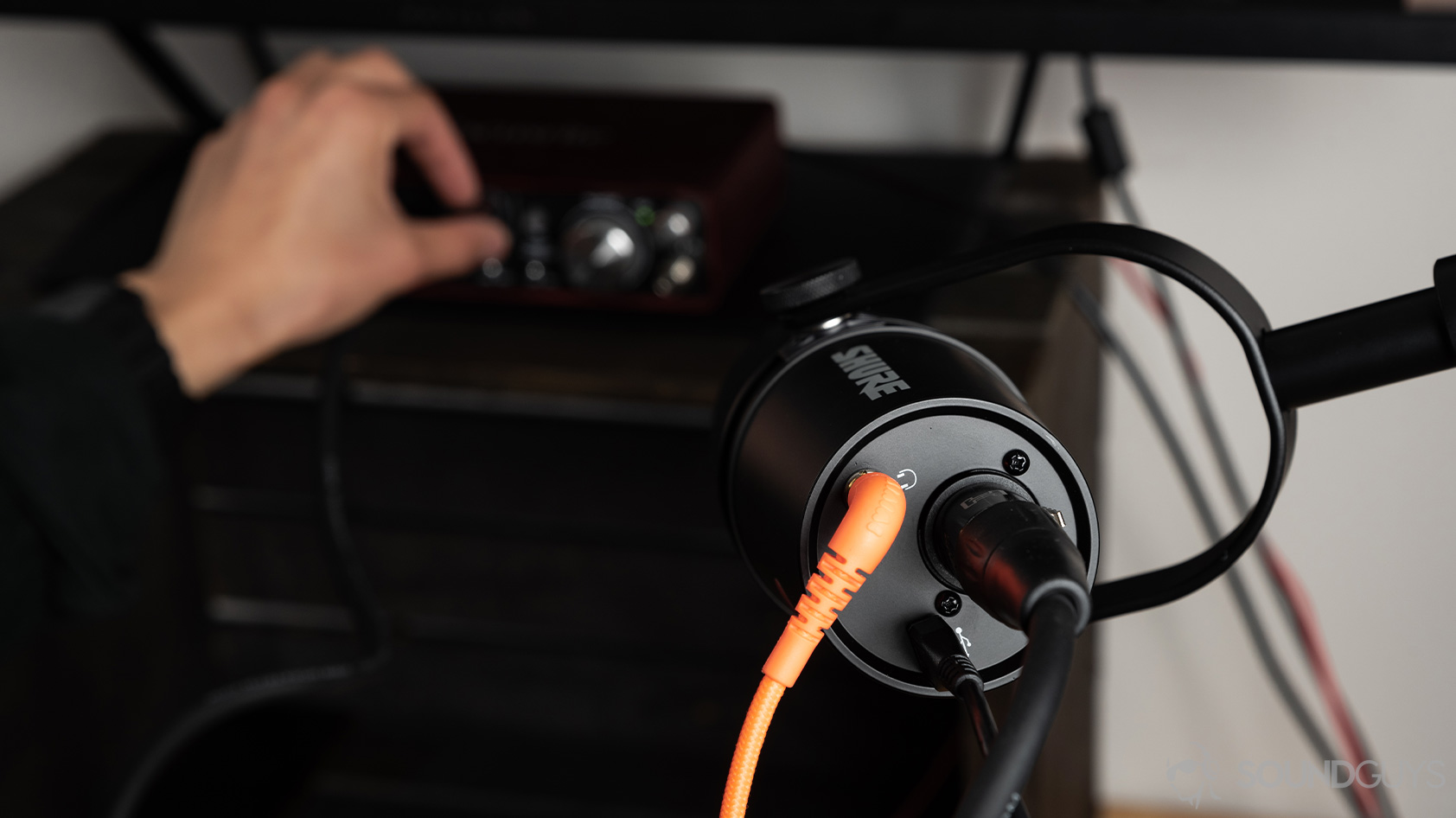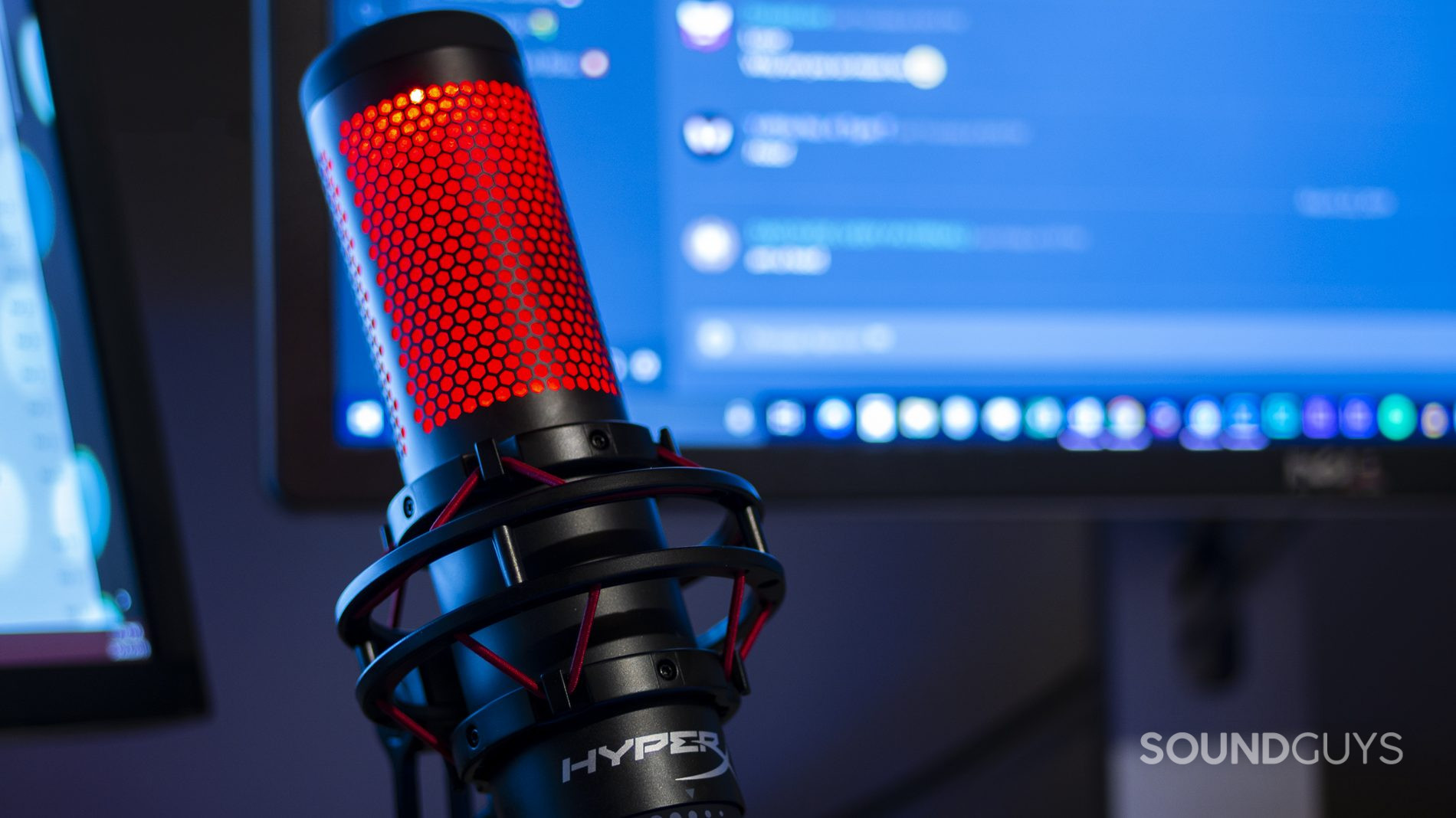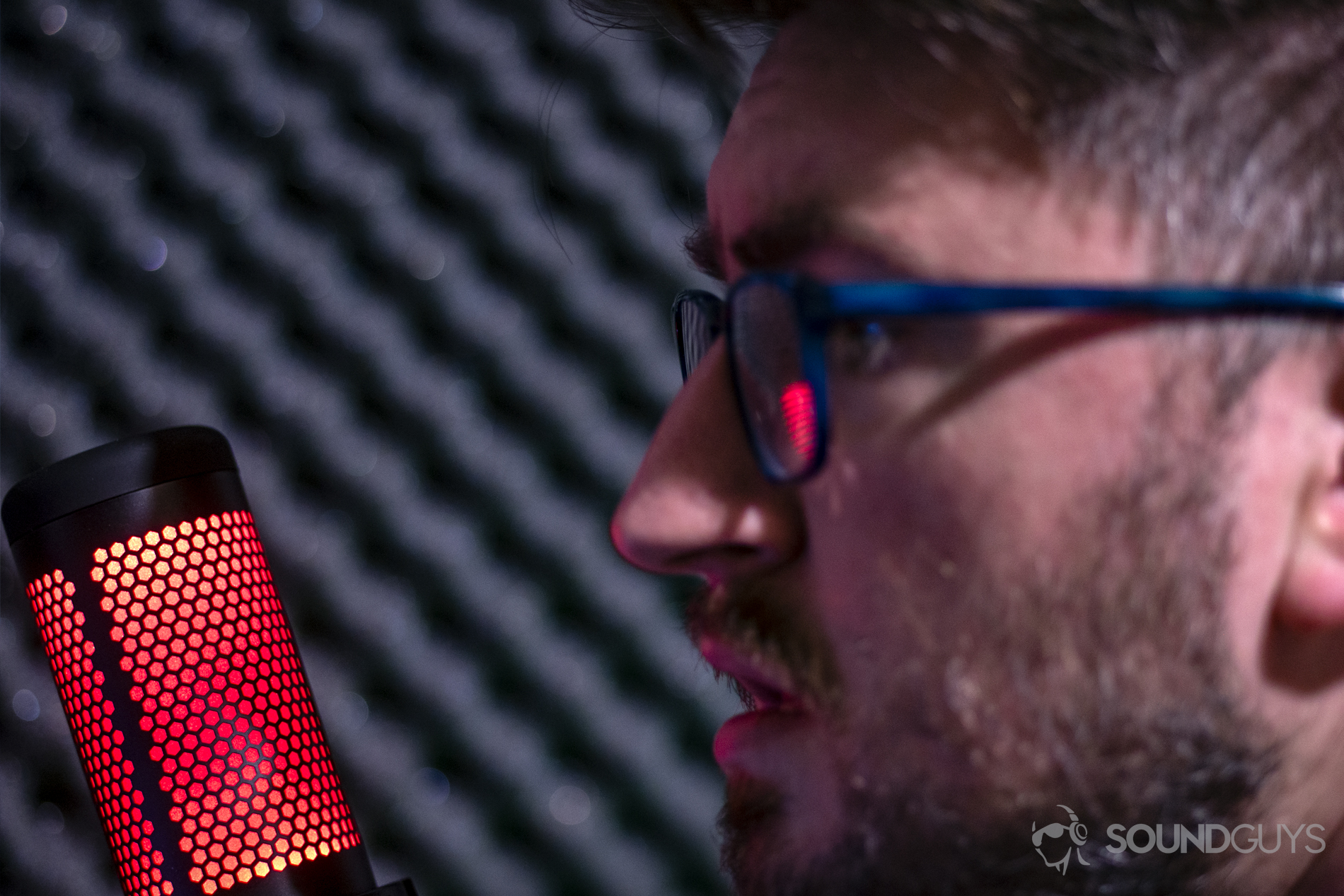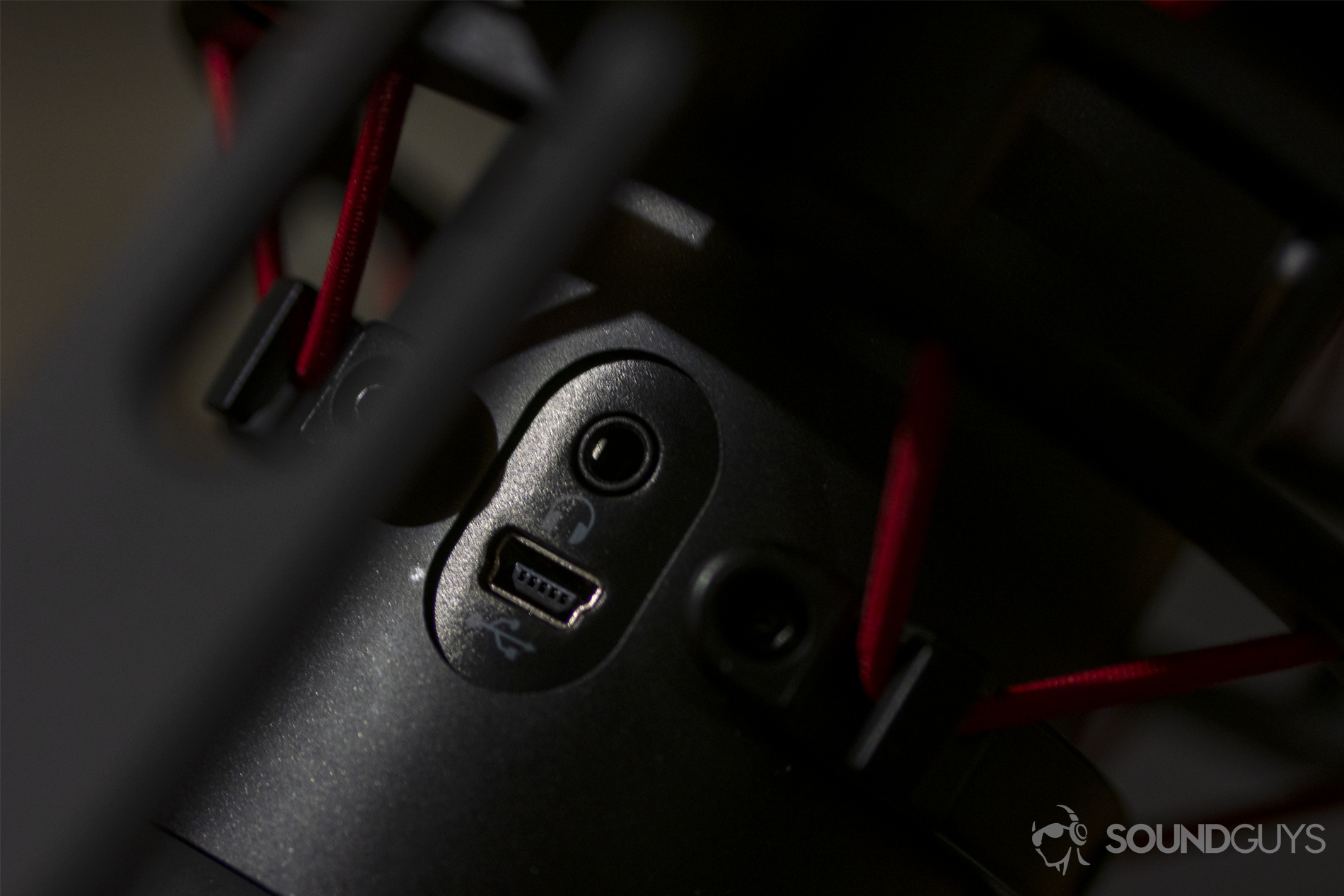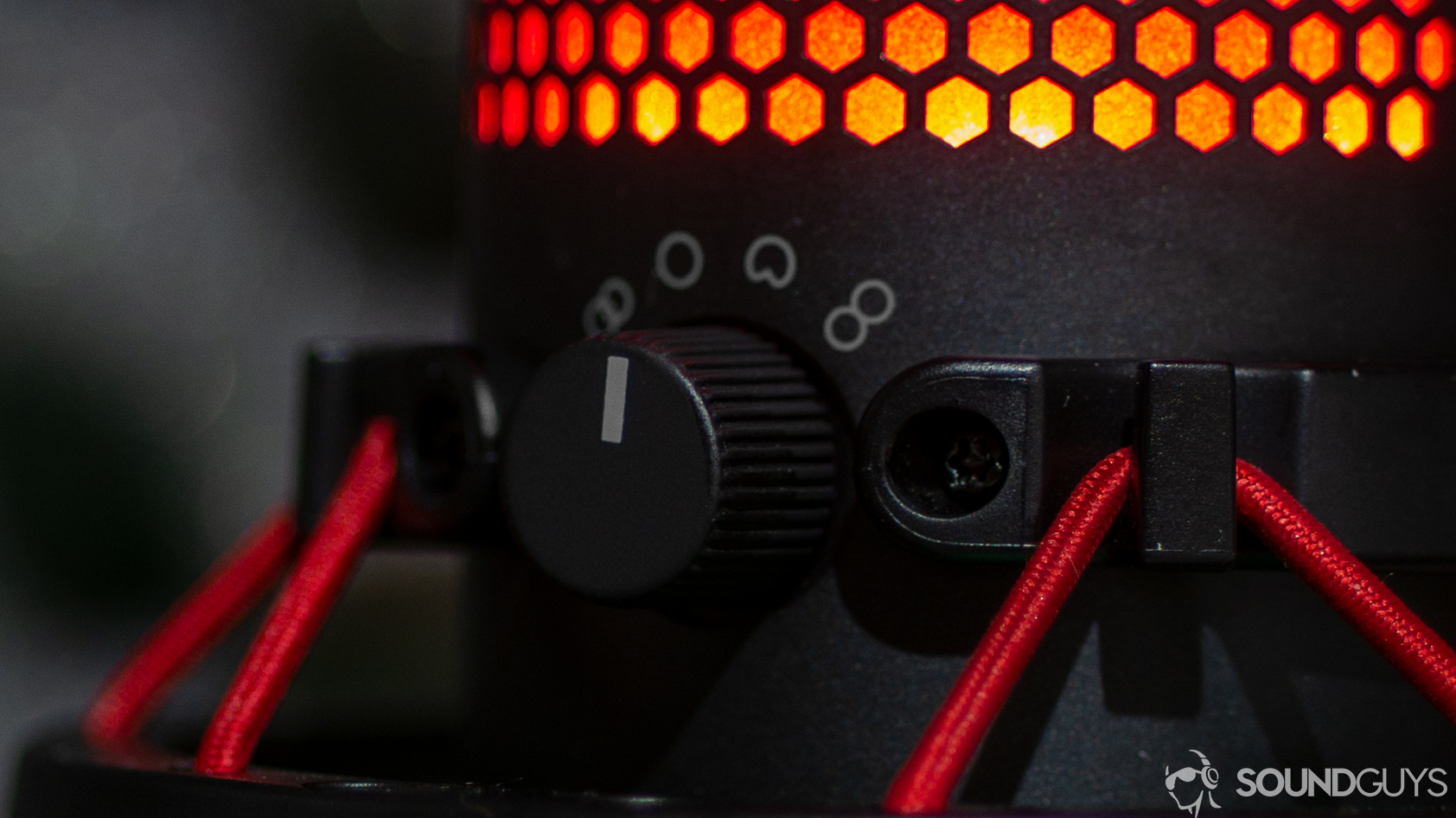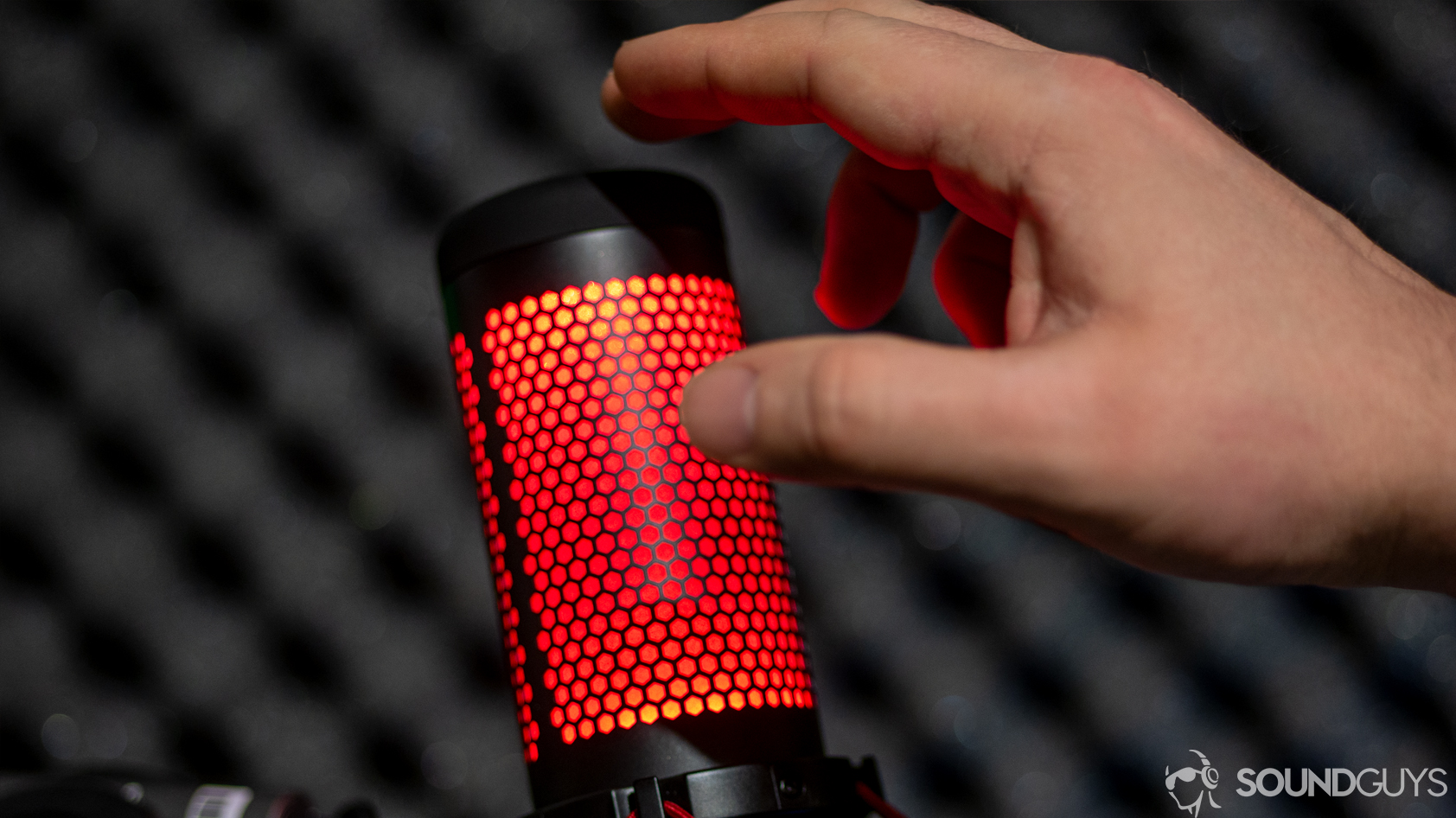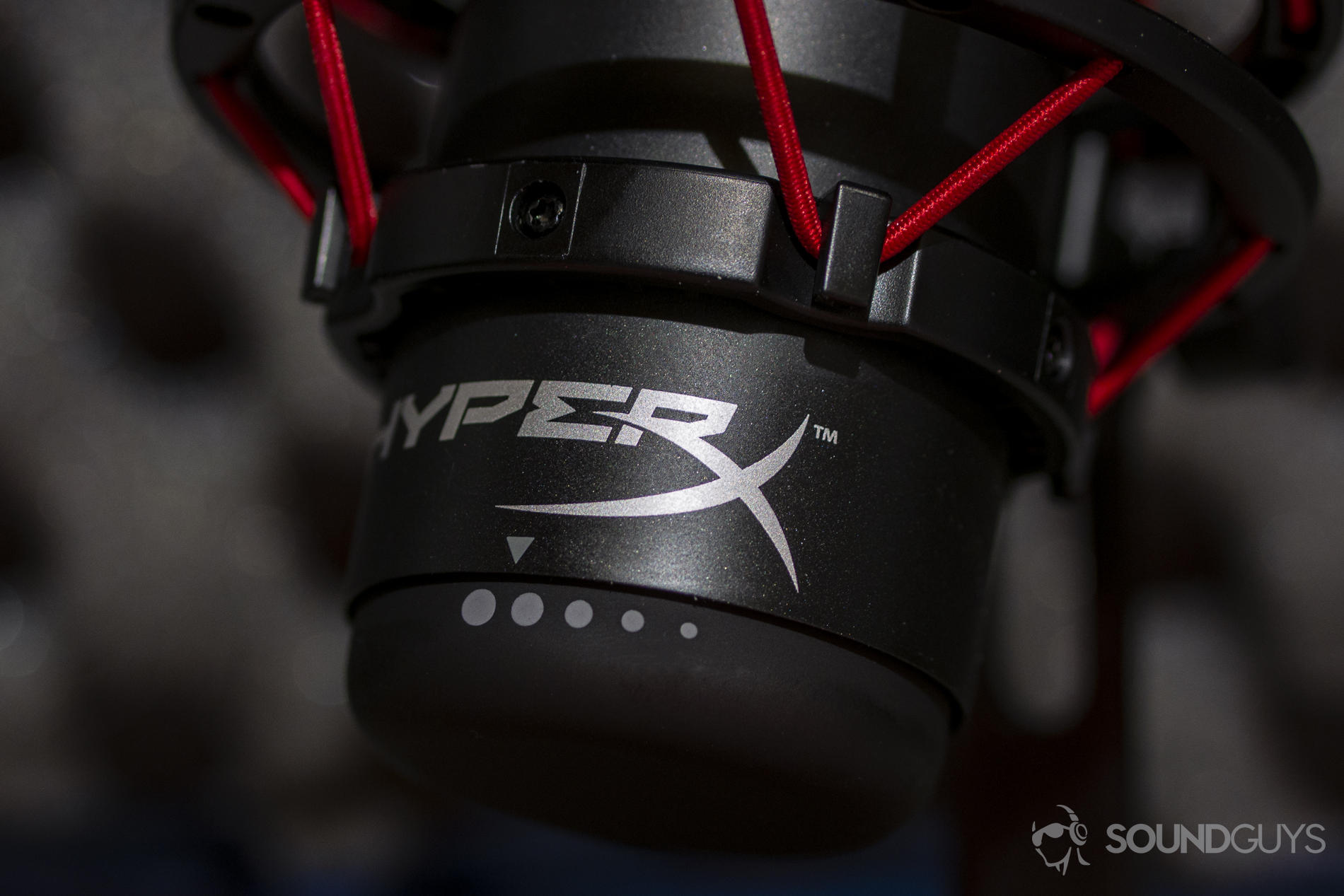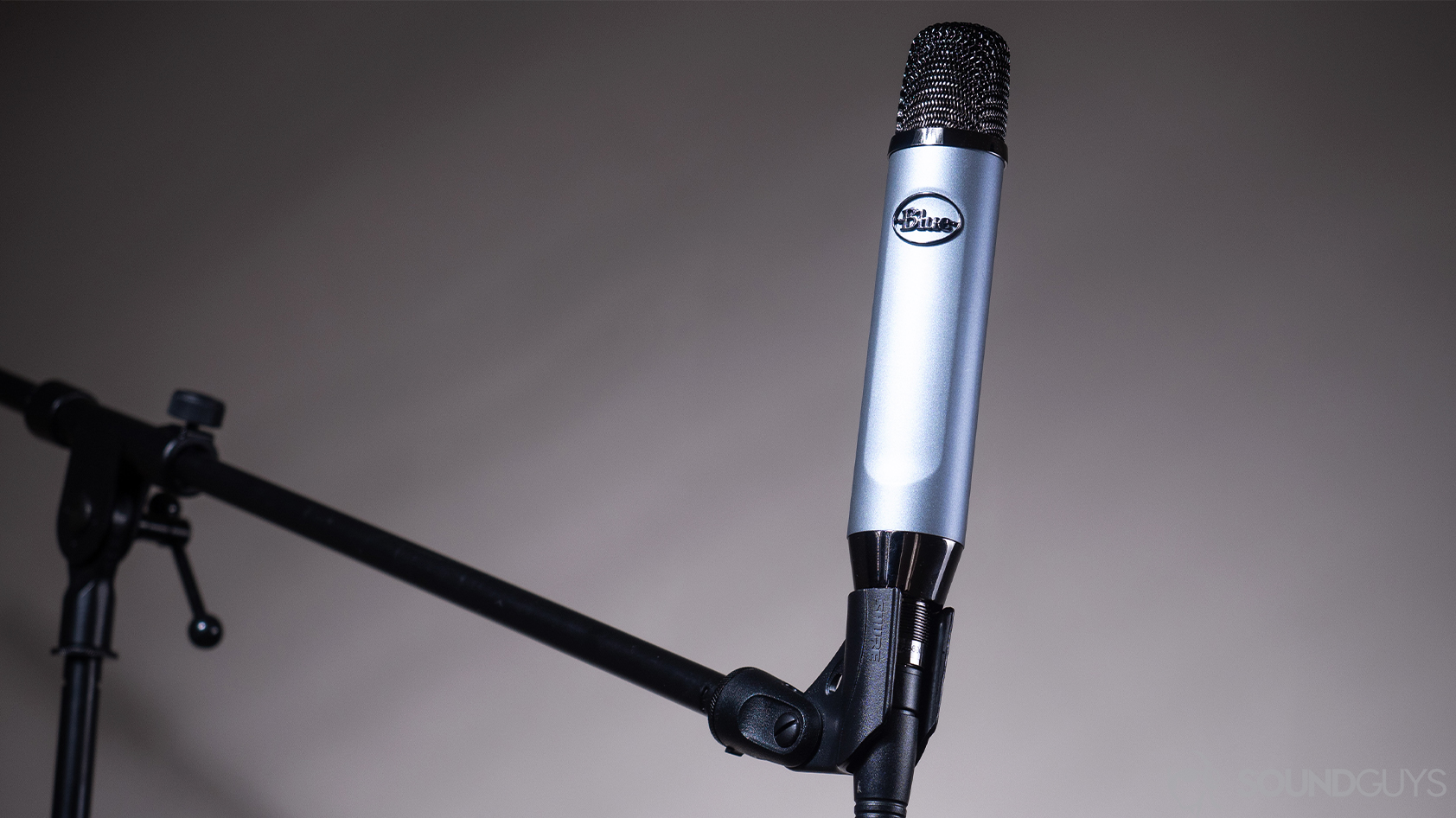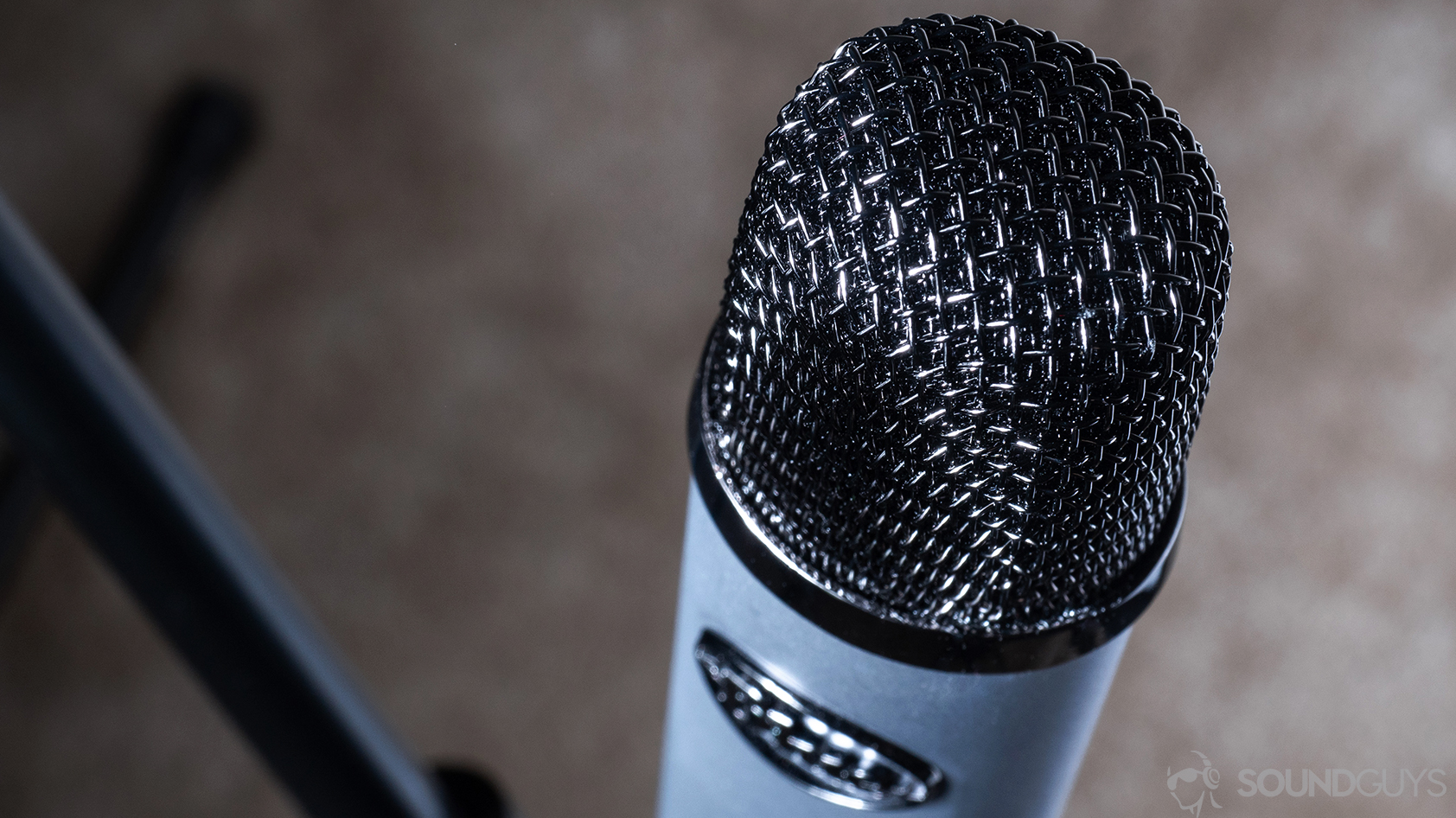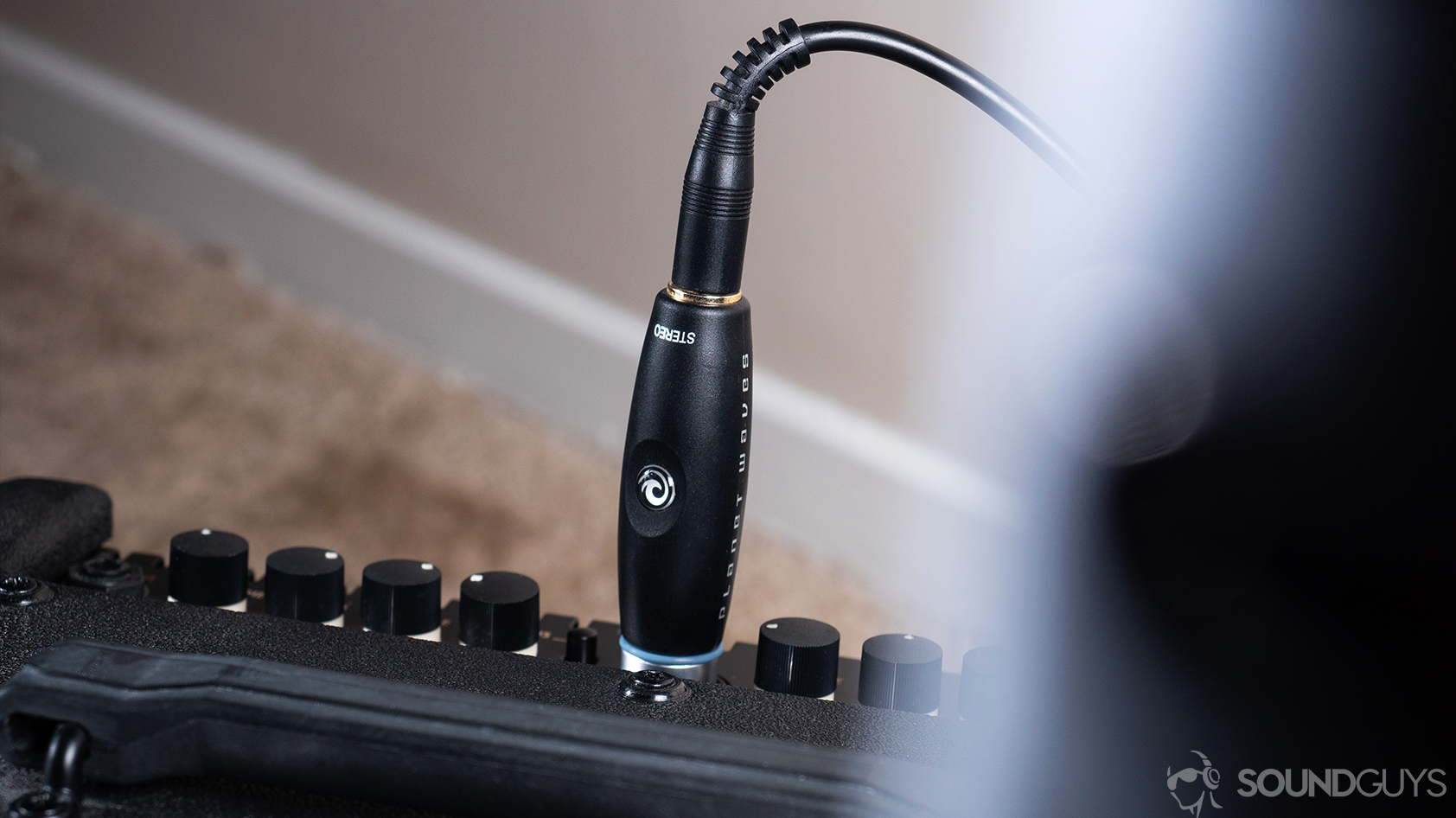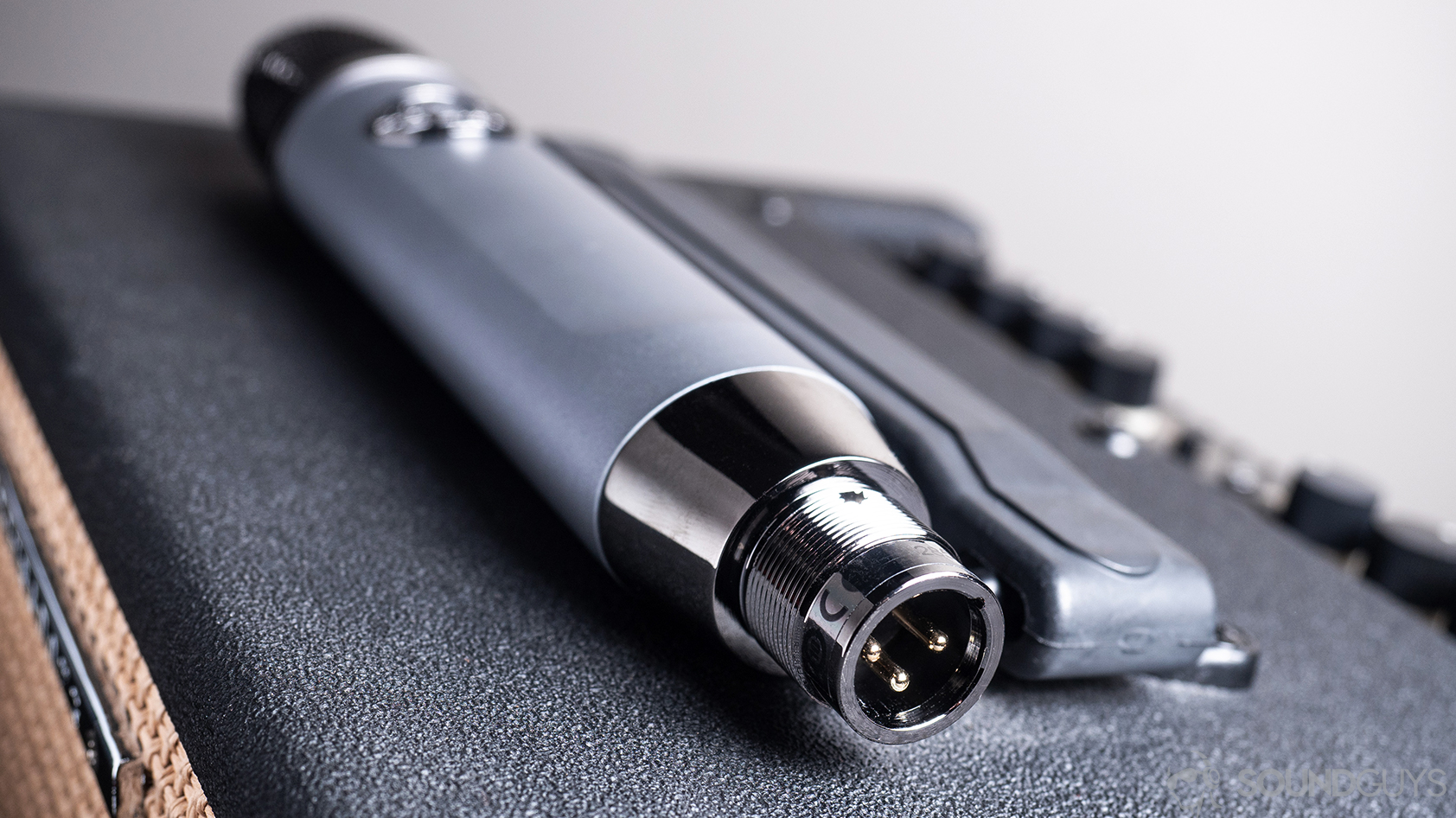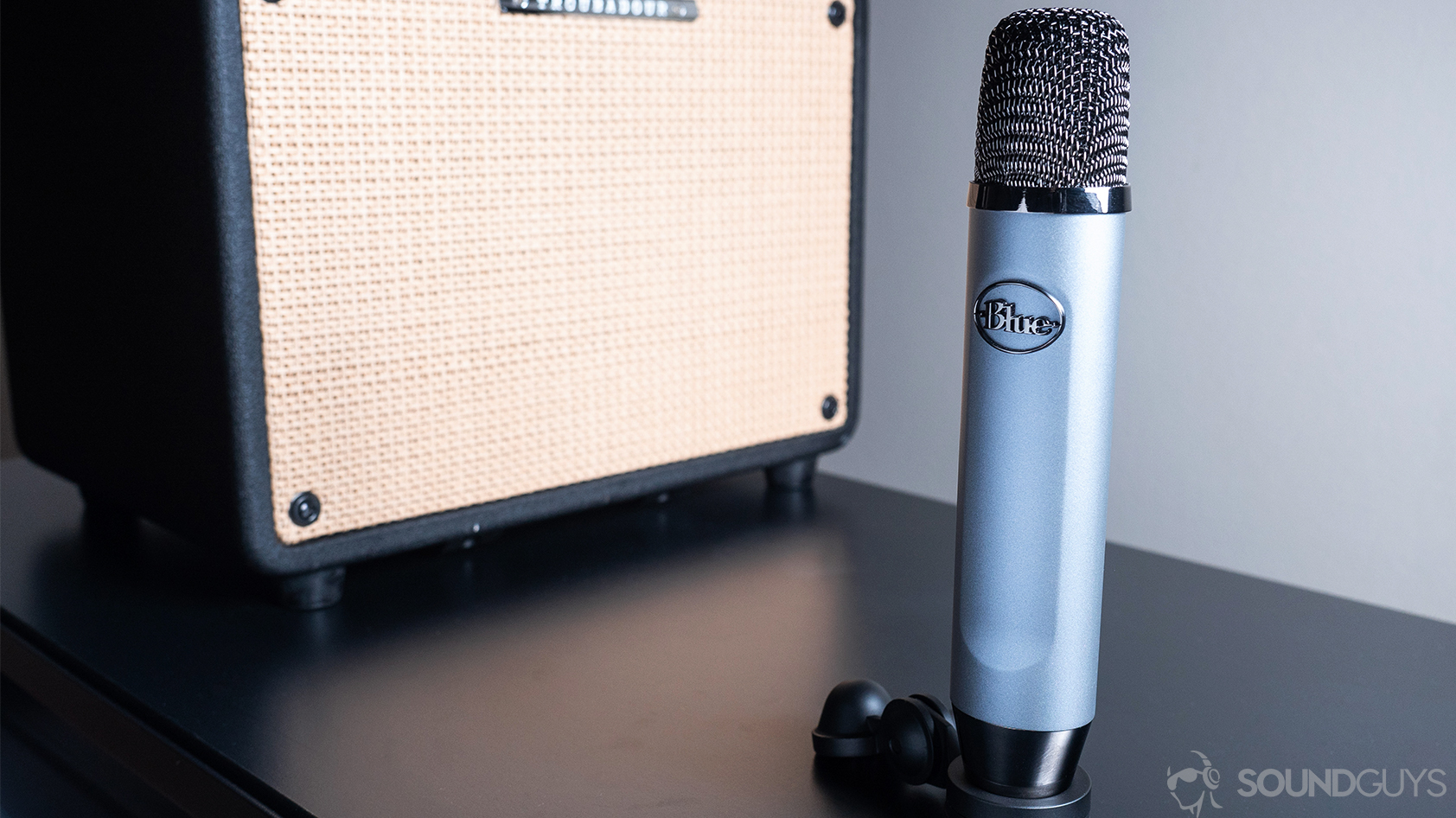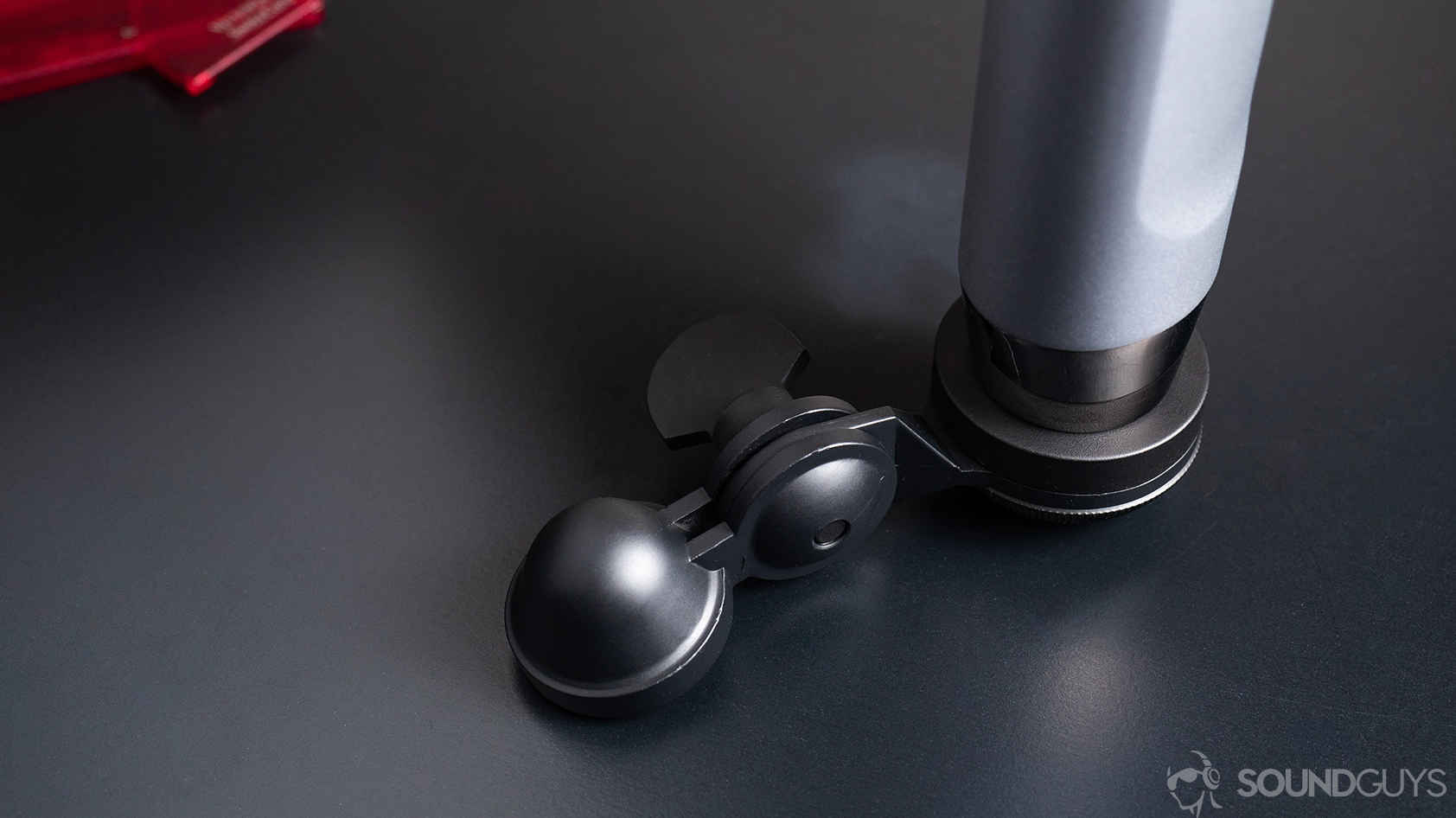All products featured are independently chosen by us. However, SoundGuys may receive a commission on orders placed through its retail links. See our ethics statement.
Best podcasting microphones
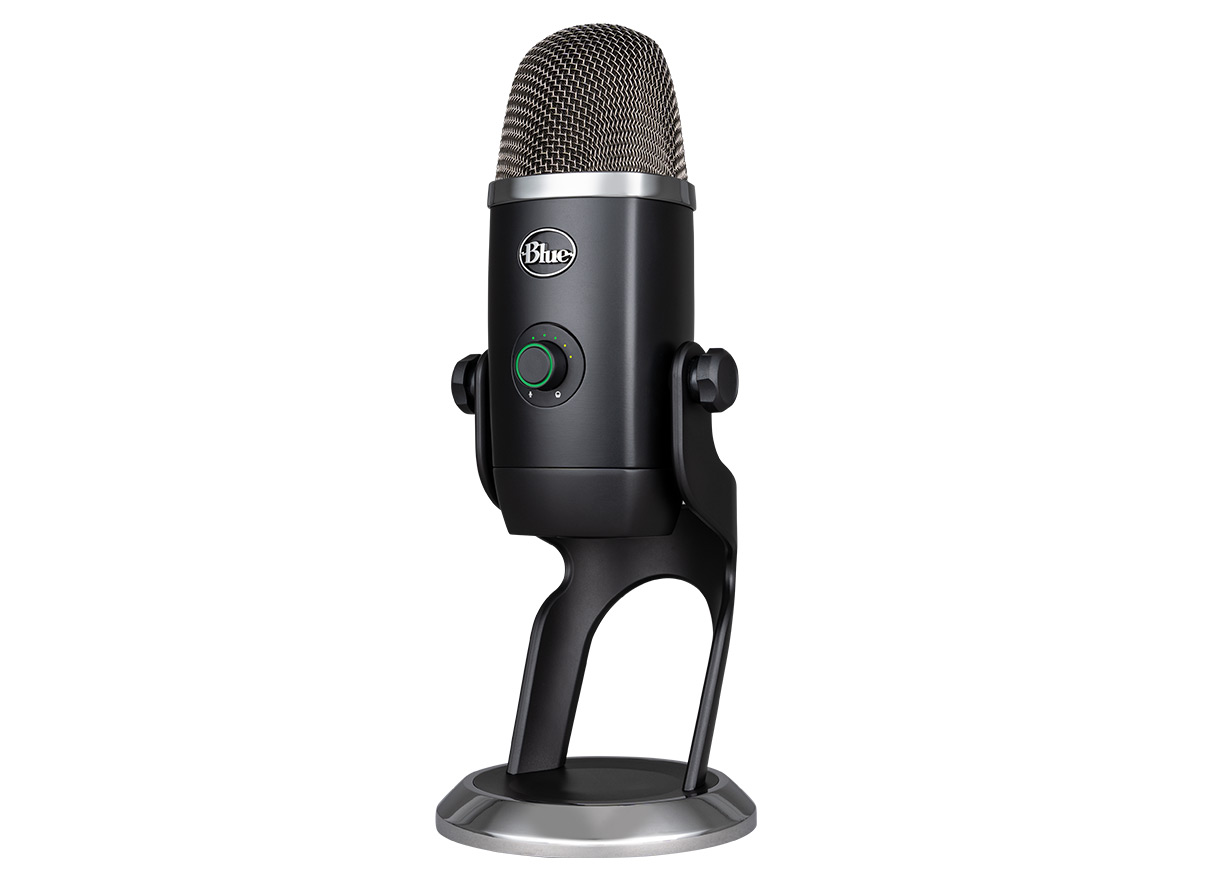
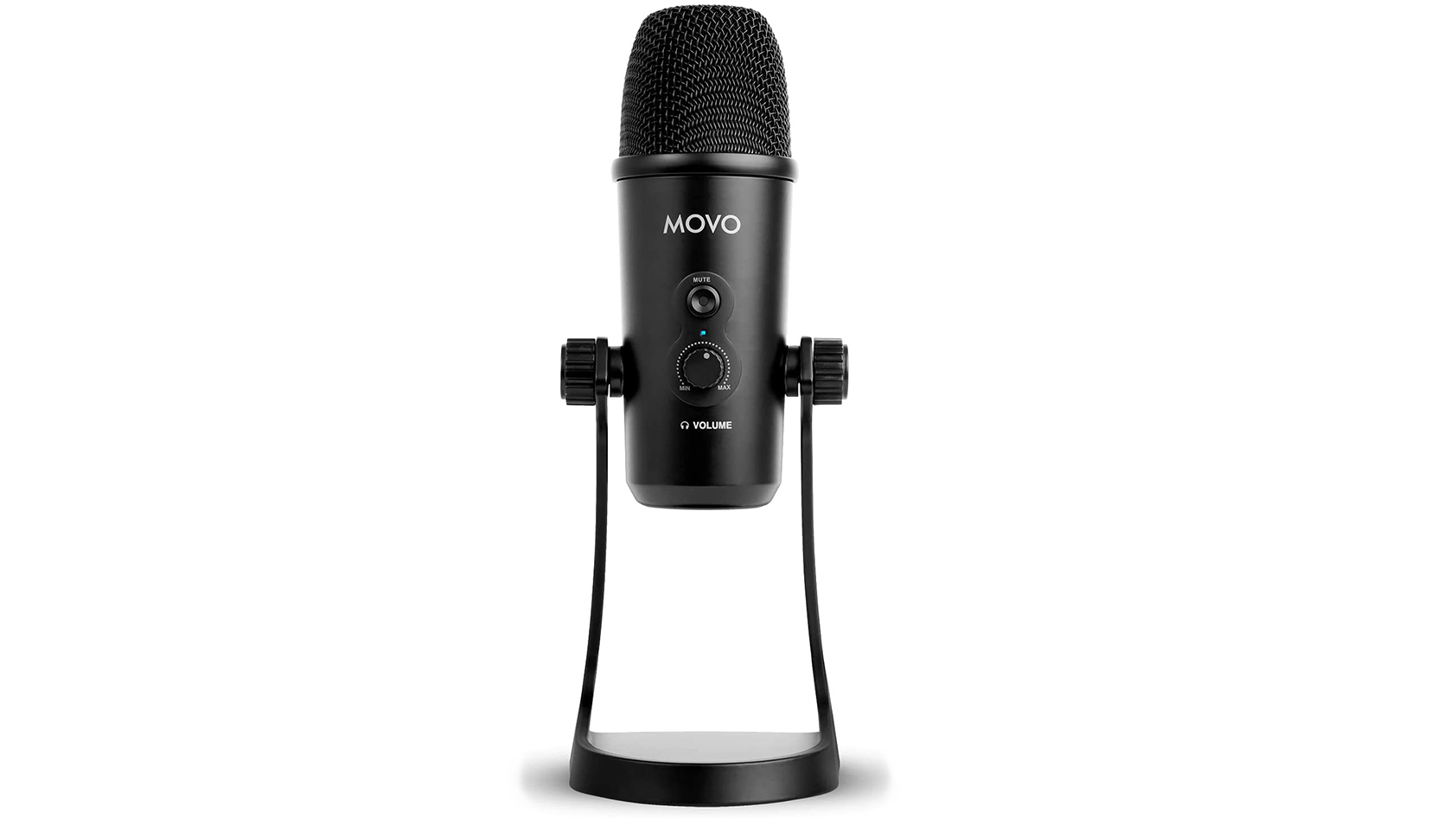
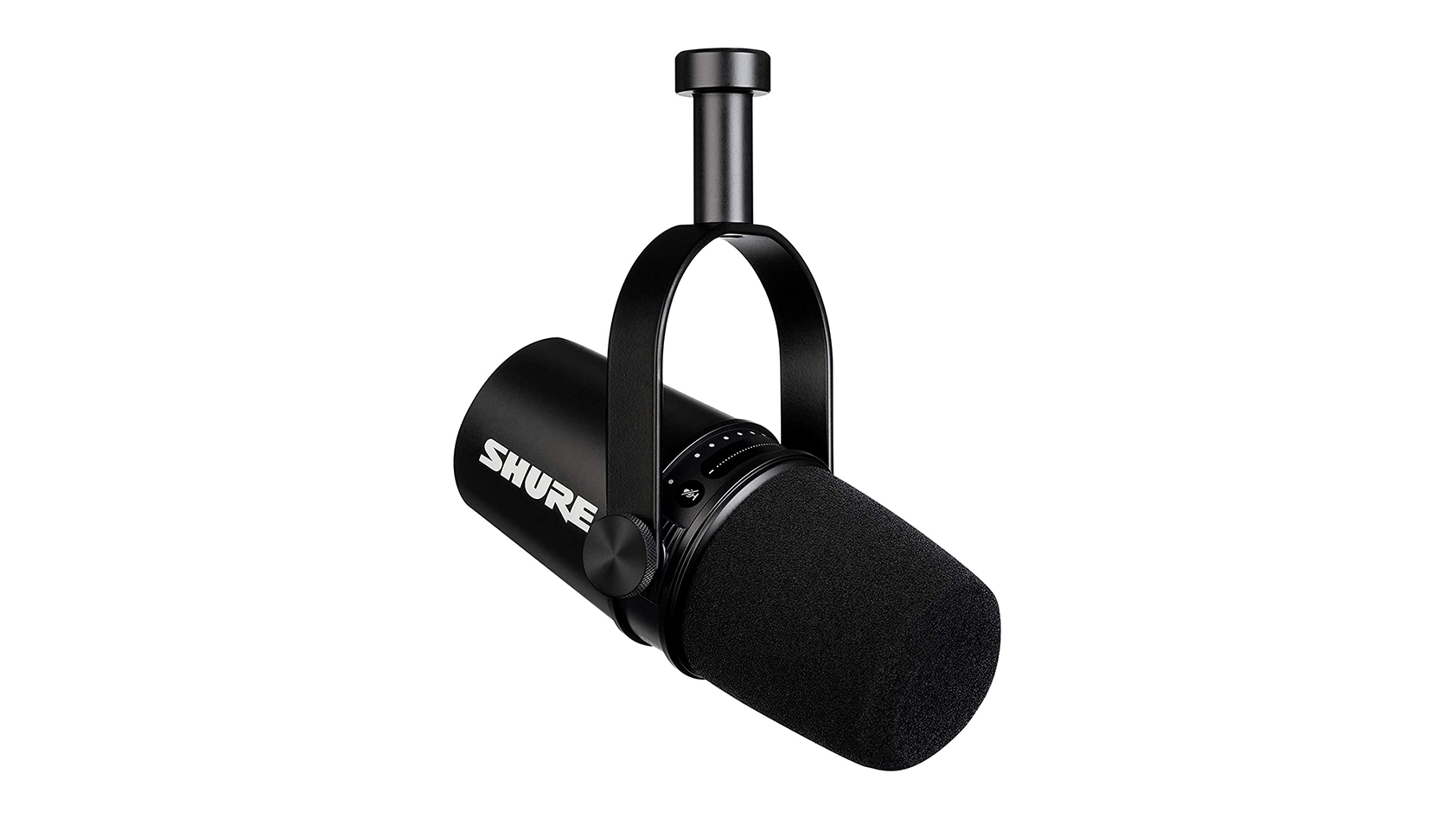
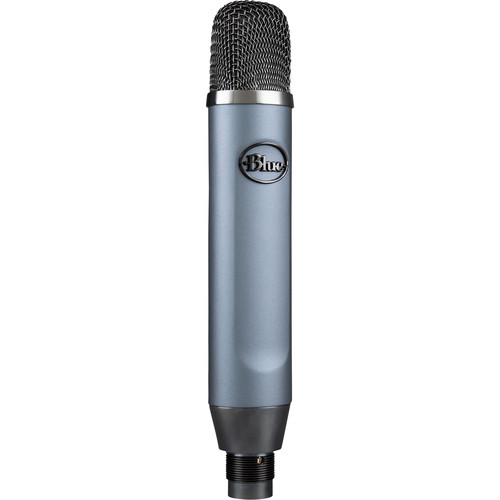
Podcasting seems to have exploded in the past few years; even Google’s cashed in by developing its own podcasting app. The accessibility of the format is what draws so many listeners and creators to it. If you’re aspiring to be the latter, picking out your debut podcasting microphone can be daunting, which is why we’ve made this list to find the best podcasting microphone for you.
What's new?
- This list was updated on September 25, 2023, to add product classifiers, adjust formatting to our current style, refresh our Notable Mentions, and answer more frequently asked questions.
The best podcasting mic is the Blue Yeti X
Blue’s mission is to make your recording experience as efficient and streamlined as possible with their USB microphones. Specifically, the Yeti X offers four-capsule technology, which allows for quality a cut above your average USB mic. You may adjust the gain and headphone output volume via the 3.5mm headphone jack. You can also view LED metering on the gain knob to make sure your volume level is good. The Yeti X’s main draw is that it makes some of the tougher parts of recording easier.
Additionally, there are four pattern modes with this mic, allowing you to choose which one best suits your given situation. Cardioid is ideal for podcasts, as it allows you to record sound that is immediately in front of the mic. Stereo mode acts as one would expect: recording sound from the left and right channels simultaneously to provide a better illusion the listener is in the room with you. The omnidirectional mode will record 360-degree sound, and bidirectional will record sound from the front and rear regions of the microphone.
Here’s an example of how the microphone sounds for recording podcasts:

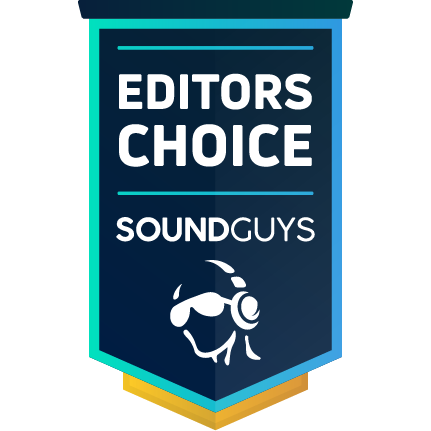
Undecided podcasters and streamers should get the MOVO UM700
When looking for a microphone, it’s hard to decide what’s essential and what’s overkill. The MOVO UM700 saves you the problem of figuring out what you do and don’t need by giving you basically everything. The mic has a triple capsule array for multiple recording pattern possibilities. In addition, the UM700 records at 16-bit/48kHz with room for editing your recordings. It’s not quite XLR and audio interface quality, but it’s pretty close. For anything besides professional music production, the quality is good.
For ease of use, the UM700 has a 3.5mm monitoring input for your studio cans. The stand is nice and sturdy, making it work for even the most clumsy amongst us. Podcasters, streamers, and singers in a pinch will definitely get usable results with the UM700. Options for patterns include cardioid, omnidirectional, stereo, and bidirectional—pretty much whatever you need. This mic favorably rivals the Blue Yeti X also on this list and for at least $40 less.
Movo UM700 cardioid pattern sample:
Movo UM700 stereo pattern sample:
Movo UM700 omnidirectional pattern sample:
Movo UM700 bidirectional pattern sample:
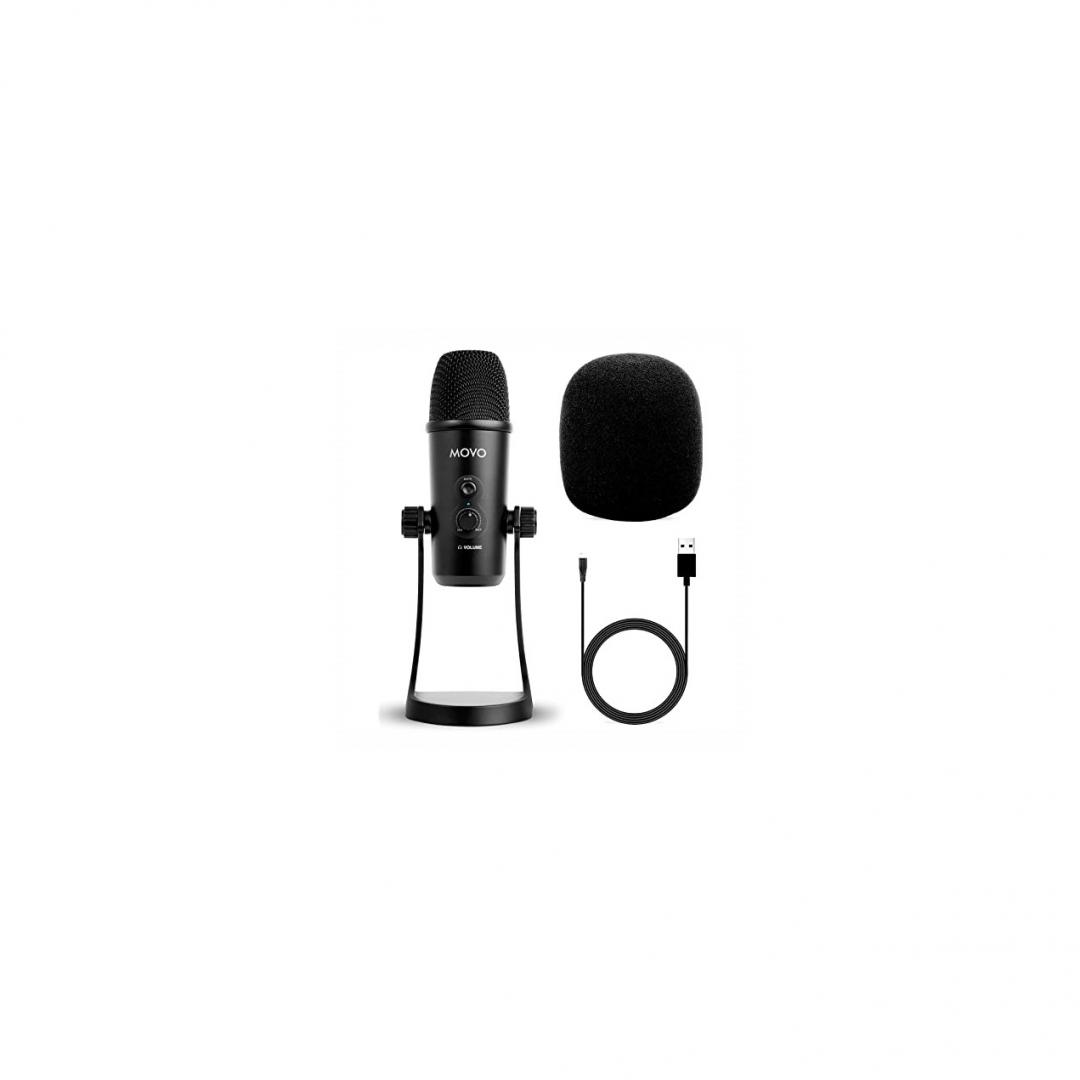
The Shure MV7 is a versatile workhorse
We deliberately chose to highlight the Shure MV7, rather than the SM7B, for this list because of its versatile form factor and more reasonable price. This dynamic microphone offers a single cardioid recording pattern and allows creators to use the USB and XLR outputs simultaneously. Being able to use both outputs in tandem lets you record a low-resolution file for reference while pocketing a high-resolution audio file for post-production. It also allows you to grow: say you start with just recording via USB, but down the road, upgrade to an audio interface, and you can still use the same mic.
This is one of the easiest mics to operate because it doesn’t require any kind of external audio interface in order for you to operate it. You can get the most streamlined, least involved interface by connecting via USB output and enabling Auto Level mode from the ShurePlus MOTIV desktop app. The app is a great piece of software because it doesn’t make any assumptions about the knowledge you may or may not possess when it comes to audio production.
Shure MV7 (Natural) microphone demo:
Shure MV7 (Presence boost) microphone demo:
There are seven different recording modes for you to choose from between auto-level mode and manual mode within the app. To hear all of the recording samples, be sure to check out our full Shure MV7 review. Otherwise, the demo above should give you a good idea of the mic’s audio quality.
Whether you’re a YouTuber, podcaster, or budding musician, the Shure MV7 is a great option. It can handle almost anything you throw at it, even in imperfect recording conditions. If you can only get one microphone, you can’t go wrong with Shure’s hybrid mic.
The Shure MV7X is basically the MV7 without the USB input. Instead, the MV7X is an XLR-only microphone. Something else that you miss out on when you purchase the cheaper MV7X over the MV7 is software support. Still, if you don’t need or want to use the ShurePlus MOTIV app, you’ll enjoy the raw audio output from this compact mic.

The HyperX QuadCast is an excellent USB mic that’s affordable, too
As is the case with nearly all USB microphones, the HyperX QuadCast requires minimal setup or know-how. It’s elevated by a tilting stand paired with a dual-shock mount to mitigate vibration. Near the bottom of the capsule is again dial, and the back knob lets you alternate between pickup patterns.
On the top of the microphone is a dedicated mute touchpad, which allows you to mute at the drop of a hat. This is great if you live with others and don’t want unpredictable sounds to bleed into your recording. It’s also easy to tell when the mic is on or off via the lighting behind the grill.
This unique podcasting microphone doesn’t require a pop filter because it uses a foam-like material just behind the grill. Said material does a good job at combating plosive sounds (p, pf, etc.). Another great feature is that it’s compatible with an array of systems by nature of being a USB mic.
While there are a few recording patterns to choose from, podcasters should stick with the cardioid pattern: it performs well at recording directly ahead while minimizing reverberation. Above is a clip recorded with the HyperX QuadCast; for less than $150, it’s not too bad.
If you have a bit of money to spare, check out the HyperX QuadCast S. It’s very similar to the HyperX QuadCast, except it has a customizable RGB color scheme and is compatible with the Ngenuity software, which can be used for changing the colors or adjusting headphone volume levels.
HyperX QuadCast S (cardioid) microphone demo:
HyperX QuadCast S (bidirectional) microphone demo:


For a versatile XLR podcasting microphone, get the Blue Ember
The Blue Ember is a spartan XLR microphone in the sense that it provides few—if any—frivolous features. This doesn’t detract from the Ember’s value, however; in fact, it’s likely why it’s such a great mic for the $100 price. The side-address design means you speak directly into the front, not the top, of the microphone. That, coupled with the slim form factor, makes this a great option for content creators working in tight spaces or for those who don’t want to worry about obscuring a microphone from view in videos.
Despite the Ember’s slim design, it packs a substantial heft at 380 grams which adds a premium feel to the microphone. The XLR output at the base requires an XLR cable, and you’ll need a recording interface with +48V phantom power to operate the microphone. Fortunately, there are plenty of USB interfaces out there to get you started. The cardioid recording pattern bodes well for voice recording and effectively rejects off-axis noises.
Blue Ember guitar demo:
Blue Ember voice demo:
Additionally, this podcasting microphone is great for instrumental recordings as it doesn’t place an excessive amount of emphasis on any particular frequency range. As you can hear in the example below, the sliding of my fingers up and down the fretboard of a guitar is audible without sounding too exaggerated. If you want to hear an example of vocal recordings, be sure to play that clip too.


Why don’t we recommend the Shure SM7b?
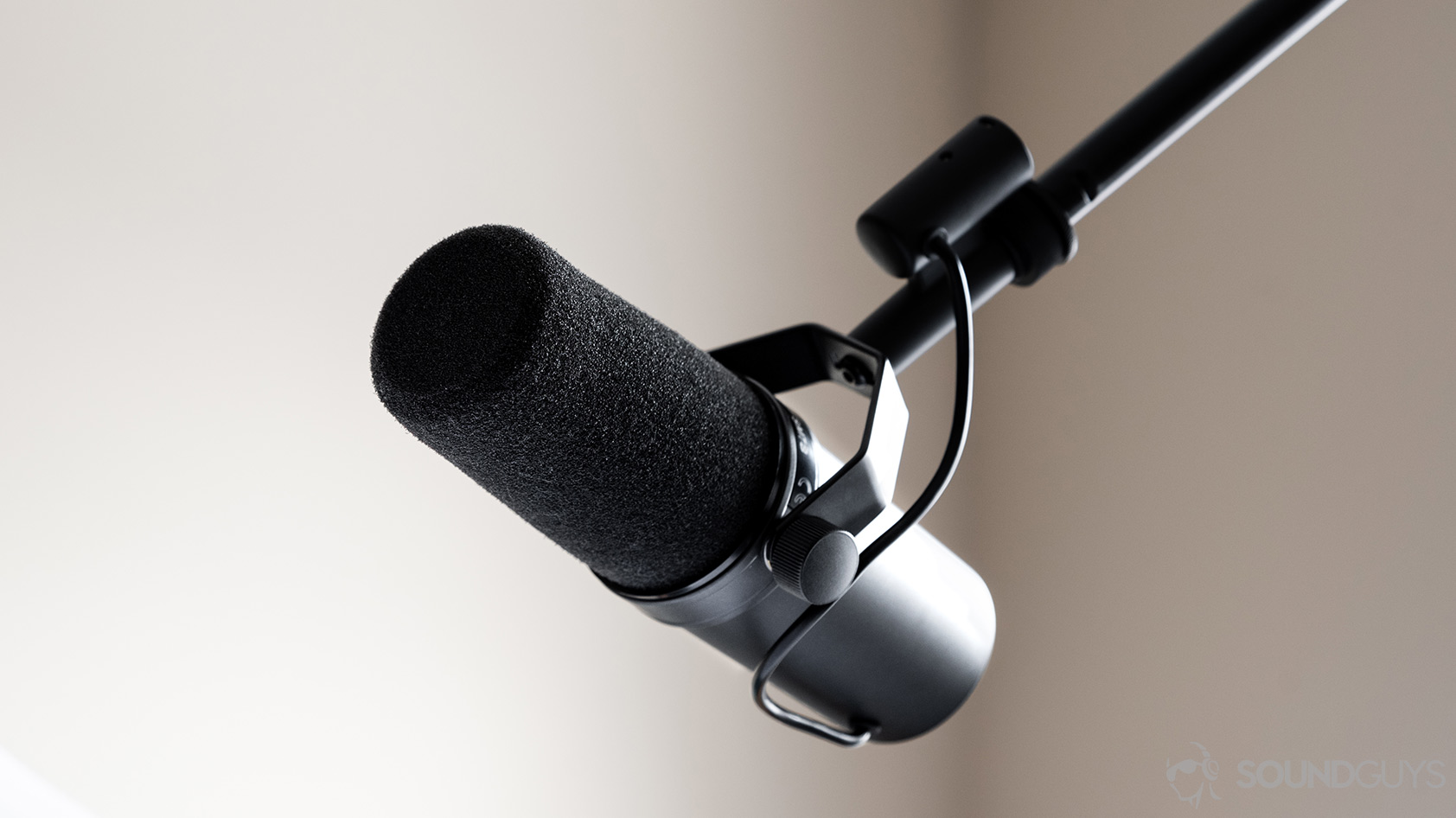
The Shure SM7B is an insanely powerful microphone and is an industry-standard for radio. It is technically the “best” choice for a podcasting microphone, but we recognize that most podcasters aren’t looking to spend $500 for pristine audio quality because a podcast’s content is much more important than its sound. That being said, it’s an excellent mic that can do just about anything if you know what you’re doing. For podcasting, we recommend saving your money to invest in room treatment, a DAW, or a good audio interface.
Shure SM7B flat frequency response demo:
Shure SM7B bass roll-off frequency response demo:
Shure SM7B presence boosts frequency response demo:


Should you get the Beyerdynamic M70 X PRO or the Beyerdynamic M90 X Pro for podcasting?
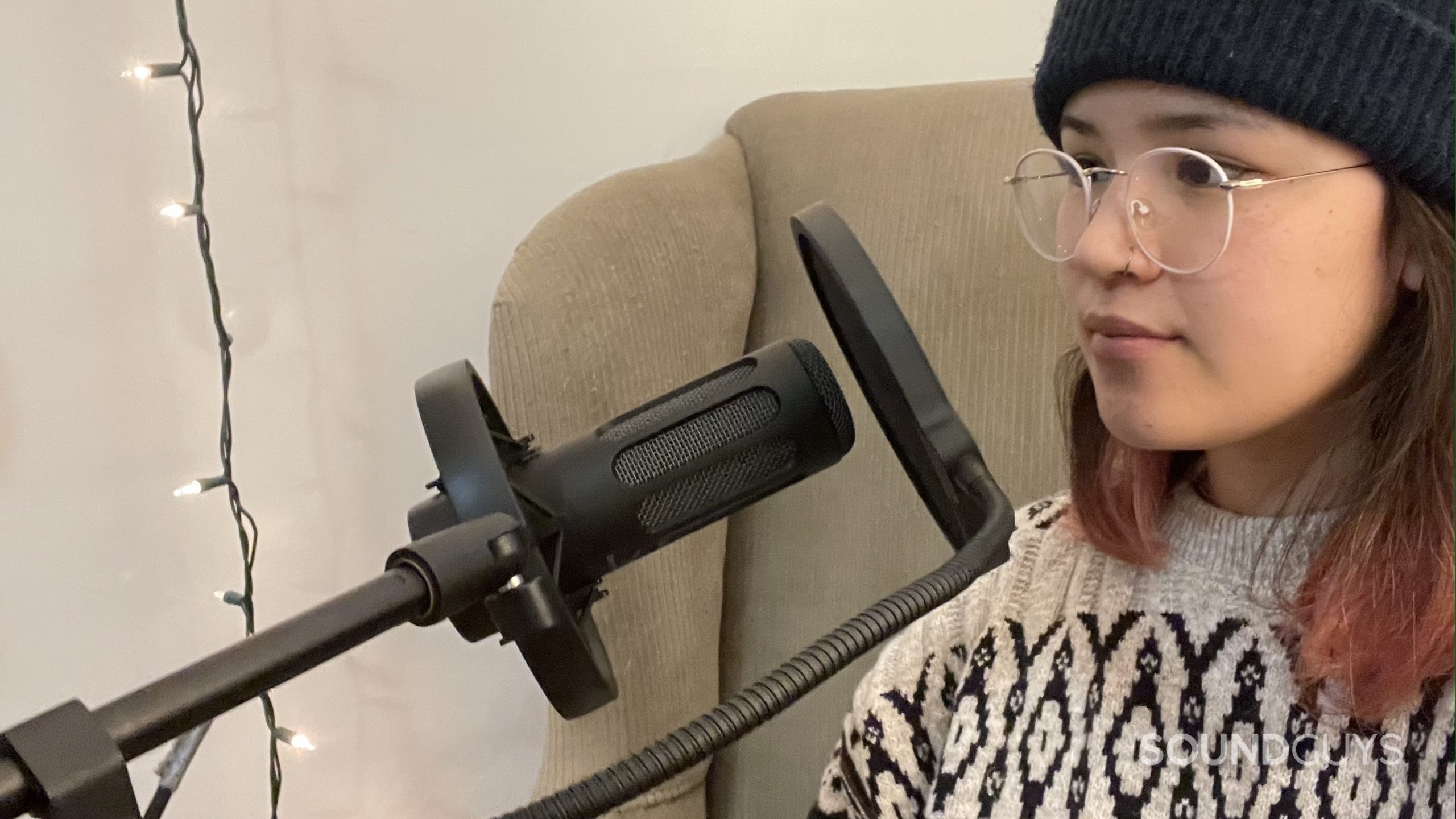
The Beyerdynamic M70 PRO X is better suited for podcasting than the M90 PRO X. The M70 Pro X is a dynamic microphone with a single, cardioid polar pattern that bodes well for live podcasting where you or a guest might erupt into a fit of laughter. The dynamic mic can withstand loud inputs before any distortion occurs, so it can save you some trouble when it comes to post-production. We like this microphone because, while it’s simple, it’s built very well and includes an elastic shock mount that you need to attach the mic to a stand. You don’t need phantom power to use this XLR mic, but you might want it because the default recording volume is rather quiet.
Beyerdynamic M70 PRO X speaking sample:

You could easily mistake the Beyerdynamic M90 PRO X for its dynamic sibling, but the M90 PRO X is a condenser microphone with high sensitivity. This microphone is better suited for applications where you need to record a lot of detail and quiet sounds (think ASMR, certain music recordings, and voiceovers). Unlike the M70 PRO X, you need some kind of phantom power (20-50V) to use the M90 PRO X.
Beyerdynamic M90 PRO X speaking sample:

What you should know about finding the best podcasting microphone
What type of microphone do you need?
There are three major microphone categories: dynamic, condenser, and ribbon. The first two versions are the most popular, while the latter are less common. Most of the microphones you’ll happen across in the consumer space are dynamic. These are great for general purpose and vocal recordings because they don’t require external phantom power and are more durable. If you could only choose one type of microphone, chances are the dynamic variant will serve you best in most instances.
What is a recording pattern?
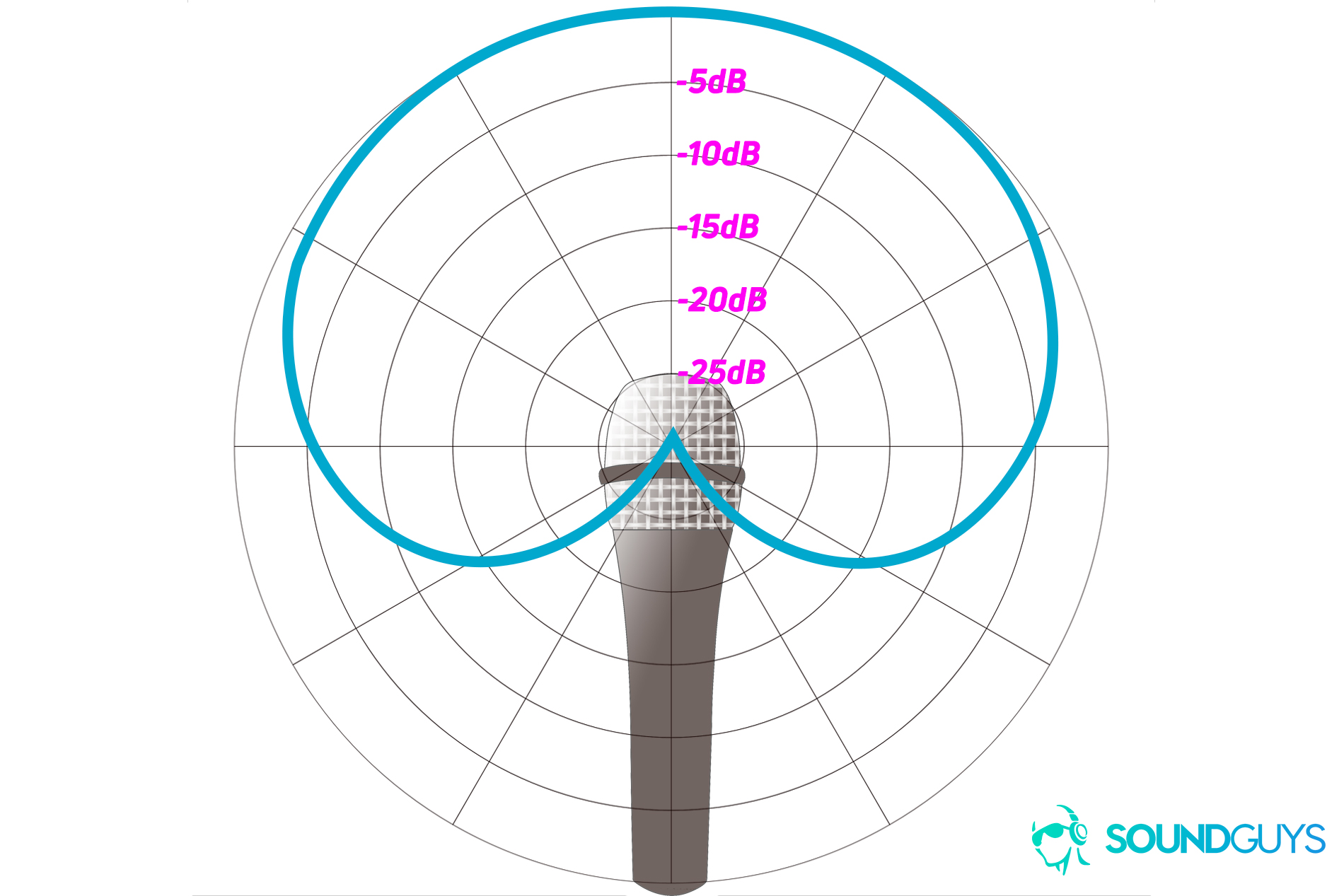
When it comes to picking out a podcasting microphone, there’s a vast expanse of options to choose from. While style and size are important, you need to have a basic understanding of polar patterns.
There are five recording patterns that you’ll see on microphone packaging from enthusiast to professional-targeted products: omnidirectional, bidirectional, cardioid, hypercardioid, and supercardioid. Each pattern has its place in the world of production, but we’re focusing on cardioid microphones.
Cardioid. The word looks a bit like “cardio,” and the pattern is fairly heart-shaped. This is best for recording sound directly in front of the element and allows for some leeway when placing the microphone. Cardioid mics boast effective rejection of off-axis noise, resulting in a clear, unencumbered recording.
Do you need an audio interface to use a microphone?
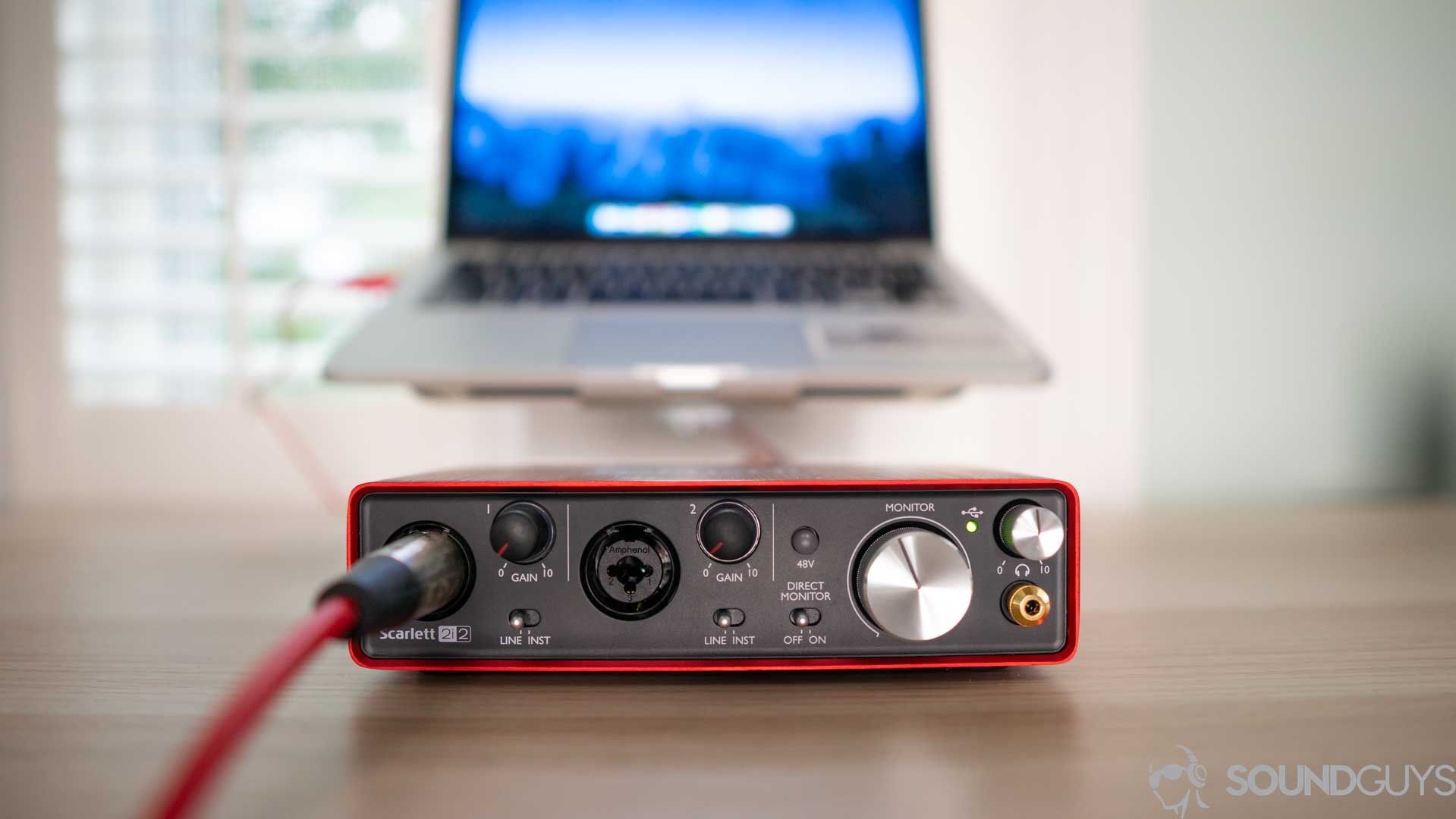
For the most part, the best podcasting microphone for a typical consumer won’t require a dedicated recording interface. This is great as it saves space and money. If you feel the need to invest in an interface anyway (or your mic has an XLR connector), we recommend the Focusrite Scarlett 2i2. It’s effective and of great value with two XLR inputs, 48V phantom power, and a handful of other practical features.
That said, you will need some kind of Digital Audio Workstation (DAW) or recording software to record and edit, regardless of whether you have an audio interface or a USB microphone. One of the most popular options is Audacity, which also happens to be free. Otherwise, if you’re beholden to Adobe products, Audition may be more your speed. Apple users can use the free Garageband app, which will handle most podcaster needs. Regardless, there are many ways to edit your voice, depending on the style you’re going for. That said, we have a few tips to get you started.
How we choose the best podcasting microphones
While we typically subject headphones and earbuds to our in-house, objective testing, a podcasting microphone is no different. Over the past couple of years, we’ve had the opportunity to kick the tires on a bunch of high-end microphones, and we were able to test the ones we found at the entry level a bit more to find the diamonds in the rough. Our charts bear this out.
We made sure to do plenty of research on third-party forms and by scouring reviews on popular retailers. What’s more, we accounted for the reality of podcasting: it can be done from virtually anywhere. We wanted to respect the format’s versatility by picking out a wide array of options for readers to choose from.
The best podcasting microphones: Notable mentions
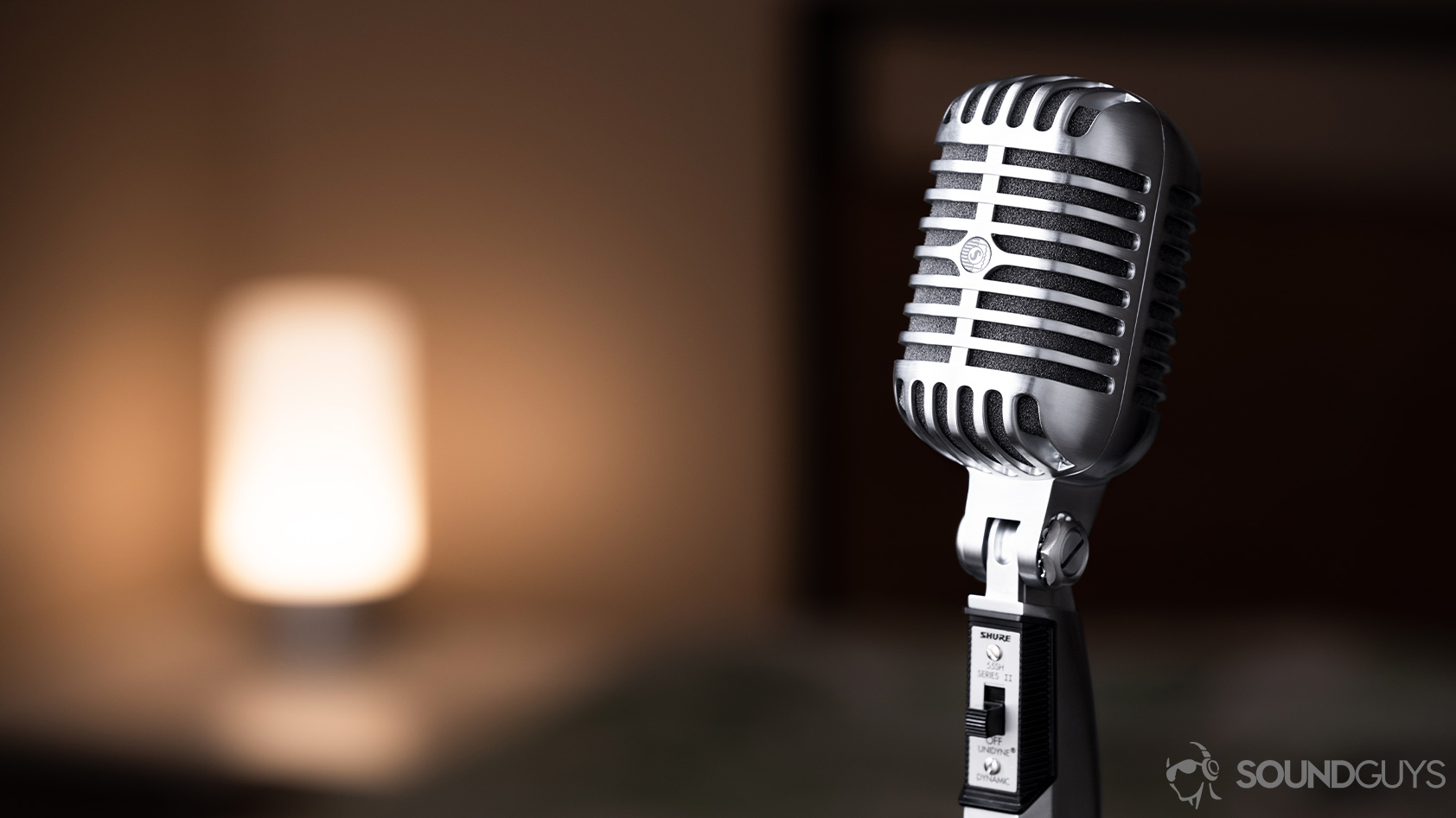
- Audio-Technica AT2020USB-XP ($169 at Amazon): Sound quality is excellent for a sub-$200 microphone. It’s an easy-to-use USB mic from a recognized pro-audio brand.
- Blue Yeti Nano ($48 at Amazon): This microphone costs just $79 and offers much better sound quality than your smartphone or laptop’s mic. If you only need polar patterns (cardioid and omnidirectional) and want to familiarize yourself with simple microphone software, the Yeti Nano is a user-friendly pick.
- Blue Ember ($79 at Amazon): If you’re looking for an attractive bang-for-your-buck XLR microphone, Blue drives a hard bargain with its Ember microphone for less than $100.
- Beyerdynamic Fox USB Mic: If you want a versatile USB microphone that’s appropriate for gamers, podcasters, and musicians alike, the Beyerdynamic Fox USB Mic is a great option. It’s a bit pricey, but users pay for the convenience, versatility, and slick design.
- Electro-Voice RE320 ($299 at Amazon): If you have some extra cash but don’t want to spend Shure SM7b-money, this is a traditional XLR dynamic microphone with a built-in pop filter blocks plosives, and the “Variable-D” capsule pattern rejects off-axis sounds and minimizes the proximity effect. Its big brother, the RE-20, has been used for years in radio stations.
- HyperX QuadCast S ($122.99 at Best Buy): Listeners who want a step up from the HyperX QuadCast mic should look into the S model here. With the QuadCast S, you get access to the NGenuity PC app for live monitoring.
- JLab Talk PRO ($48 at Amazon): A genuinely good-sounding mic, it’s a close competitor for the Best ranking, edged slightly ahead by Blue Yeti Pro, which has XLR and USB. However, if you can get it at a good price, the JLab Talk PRO records 192kHz/24-bit audio giving you room to edit, and it has four polar patterns at about $150. You can get the more portable, less advanced option and save money with the JLab Talk GO USB Microphone.
- Logitech Blue Sona ($349 at Amazon): The Blue Sona is an excellent XLR mic with a hyper-cardioid pickup pattern that makes your voice the absolute center of attention, not picking up any noise from around your room. The microphone also has handy built-in switches for cutting bass and increasing presence and a built-in signal booster that eliminates the need for a preamp. It’s pricey, but it’s a high-quality option for anyone with some extra cash.
- Razer Seiren Mini ($37 at Amazon): If you’re looking for a plug-and-play option, you can stop at the Razer Seiren Mini. It’s small and lightweight but remains sturdy on your desk, and it doesn’t have any convoluted setup process. While it’s not the best-sounding microphone in the world, it’s only $49.
- Rode NT-USB ($129 at Amazon): The NT-USB is much like Beyerdynamic Fox: both are USB microphones designed to perform well in a variety of situations. Rode’s version is slightly more expensive, but it really comes down to personal preference. Alternatively, you could go in for the Rode NT1-A flagship microphone instead.
- Rode Procaster ($229 at Amazon): Anyone in video production will likely sing the praises of Rode, and its Procaster mic is a great option for professional and enthusiast podcasters. It doesn’t require phantom power and is an excellent rugged solution for podcasters whose setups require a precise recording pattern.
- Shure 55SH Series II ($199 at Amazon): The iconic Elvis microphone is about more than just shiny and chrome looks. It’s tuned to emphasize vocal frequencies and has excellent off-axis rejection. The die-cast metal construction is durable and attractive. Even though the mic is rather large, it can be adjusted easily thanks to the tension swivel.
- Shure SM58 ($99 at Amazon): Performers all around the globe rely on Shure’s audio products, and the SM58 is legendary. This microphone can take a bruising whether you’re on tour or moving studios. Its cardioid recording pattern does a great job of rejecting off-axis sound while accurately transmitting vocals. For the price, it’s hard to beat this mic.
Why you should trust SoundGuys
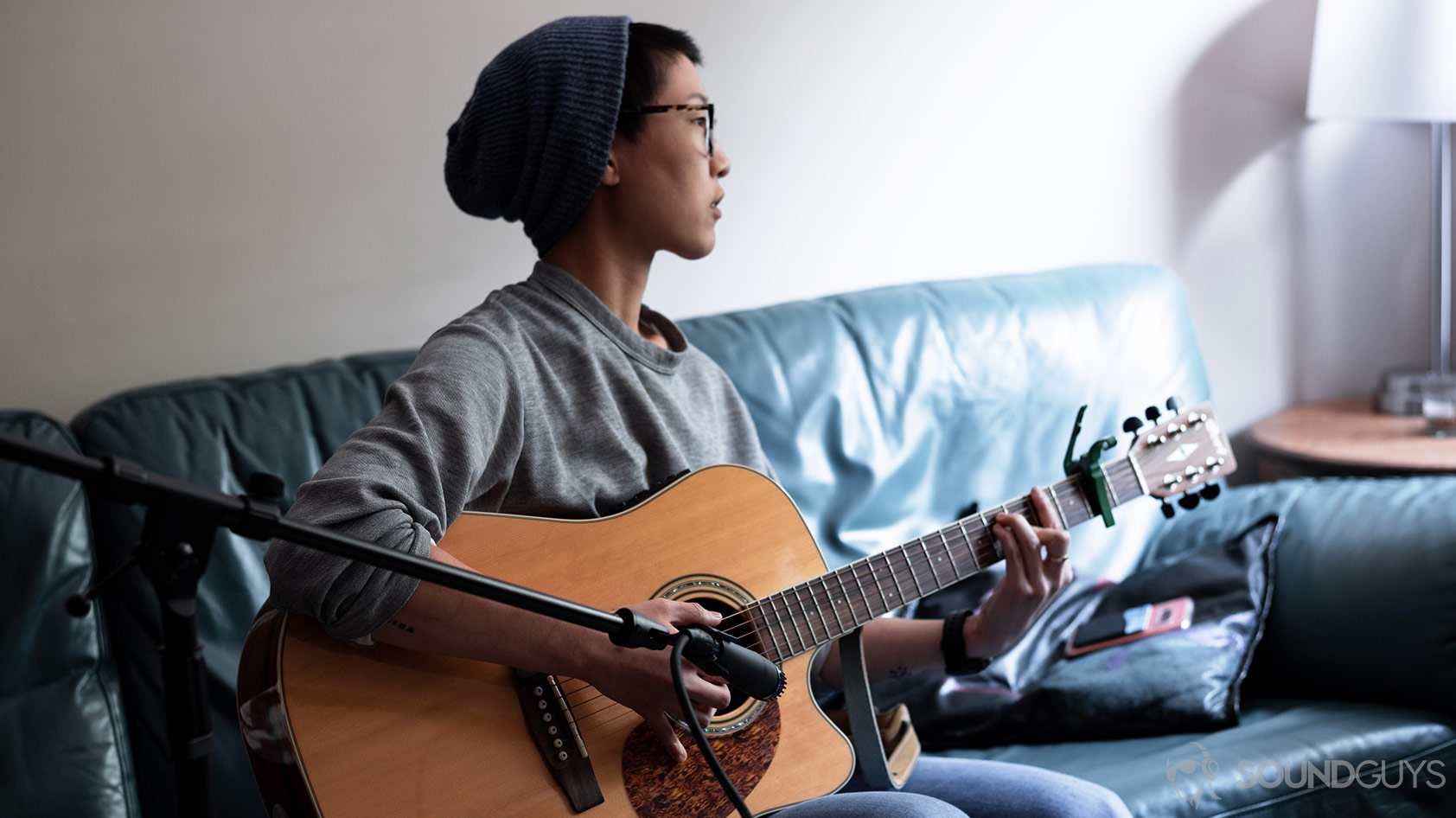
The SoundGuys team has accrued multiple years of reporting on the consumer audio industry. When it comes to the best podcasting mics, we understand that users podcast in vastly different environments, from a hotel bedroom to a full-fledged studio. Thus, we wanted to account for that diversity in our picks.
None of our writers benefit from recommending one product over another; as a matter of fact, they’ll never know if a link was ever clicked. Collectively, we want you to be happy with your purchase, and, in the case of podcasting mics, we want it to be easy to use and increase the quality of your end product. If you have the time, we encourage our readers to learn more about our ethics policy.
Frequently asked questions about podcasting mics
Most podcasters gravitate toward the Shure SM7B. It’s a dynamic microphone that excels in delivering clear, studio-quality audio. It’s not cheap, but the investment pays off with superior sound quality and durability.
Absolutely, the Blue Yeti is a solid choice for podcasting, especially for beginners. It’s a USB microphone that offers plug-and-play simplicity and decent audio quality. It may not rival the Shure SM7B, but it’s far more budget-friendly and versatile.
If you want to go the easiest route, try Anchor, the podcast-making app. If you want a little more free reign with your editing process, we’d recommend checking out our article about how to choose a digital audio workstation. If you have a macOS, you should try out Garageband, which comes with your computer. If you have a PC, we’d recommend downloading the free software Audacity.
Some microphones need phantom power to work, kind of like plugging your electronics into the wall, and some do not. Condenser microphones need phantom power in order to adequately power the microphone. Sometimes this is labeled as 48v (for 48 volts) on your interface or mic preamp rather than written as “phantom power,” but it’s usually the same thing. Check your gear specifically because, typical of technologies that have been around for decades, there are exceptions, but generally, phantom power is direct current (DC) power that uses an XLR connection. Some newer mics use a lower 10v digital phantom power.
Dynamic and ribbon microphones do not need phantom power, and while using phantom power won’t necessarily damage your dynamic and ribbon mics, there’s a chance it will. So, make sure you disable phantom power before connecting your non-condenser mics, and it’s good practice to turn it off when not connected to anything as well.
The Shure MV7 is quite versatile and easy to adjust according to if you’re singing or speaking at any given moment. Its clear audio reproduction makes it very effective for both use cases.
The HyperX QuadCast S is about $100 USD more than the original QuadCast. The two mics are almost identical, but the QuadCast S has a mellower bass response than the QuadCast, so if you want to avoid the proximity effect, the newer model could help you out with that. Alternatively, if you have a very deep voice and want to ensure accurate vocal reproduction, you may want to go with the original QuadCast. The other differences between these mics lie mostly in aesthetics, but if you really prefer the RGB adjustable color scheme over just red LED lighting, you’ll want to go with the QuadCast S. It is compatible with the Ngenuity software through which you can adjust the colors.
The Shure MV88 iOS is a great podcasting microphone for iPhone. It plugs in directly to the iPhone via a Lightning adapter and includes five DSP presets (speech, singing, flat, acoustic instrument, and loud) for users to choose from, depending on the project. It can be rotated 90° for more precise recording and includes a foam windscreen, which is great for field recording. You can up your game with the Shure MV88+, which includes a Manfrotto Pixi tripod and smartphone bracket. The Shure MV88 Plus is great for podcasters who may want to dip their toes into vlogging.
If you’re working with a desktop setup, the On-Stage DS7200B is a great option with a small footprint. Alternatively, the InnoGear Microphone Arm Stand is a great heavy-duty option. It doesn’t damage your desk at all since it can be mounted on via a screw clamp. Since it’s a boom stand, it can be rotated out of the way when not in use. The built-in spring mechanism has a max load capacity of 1.6kg and is made of steel.
